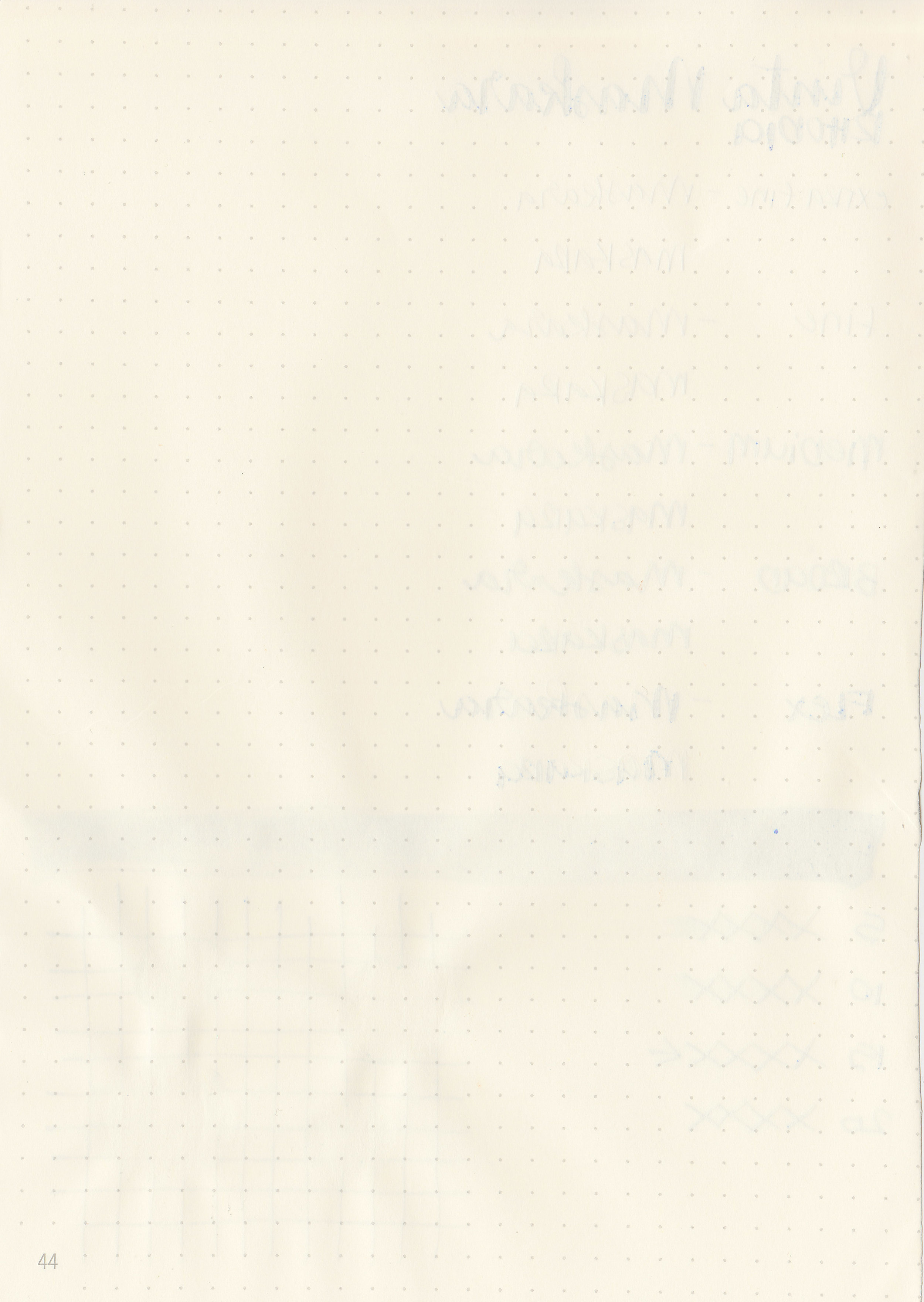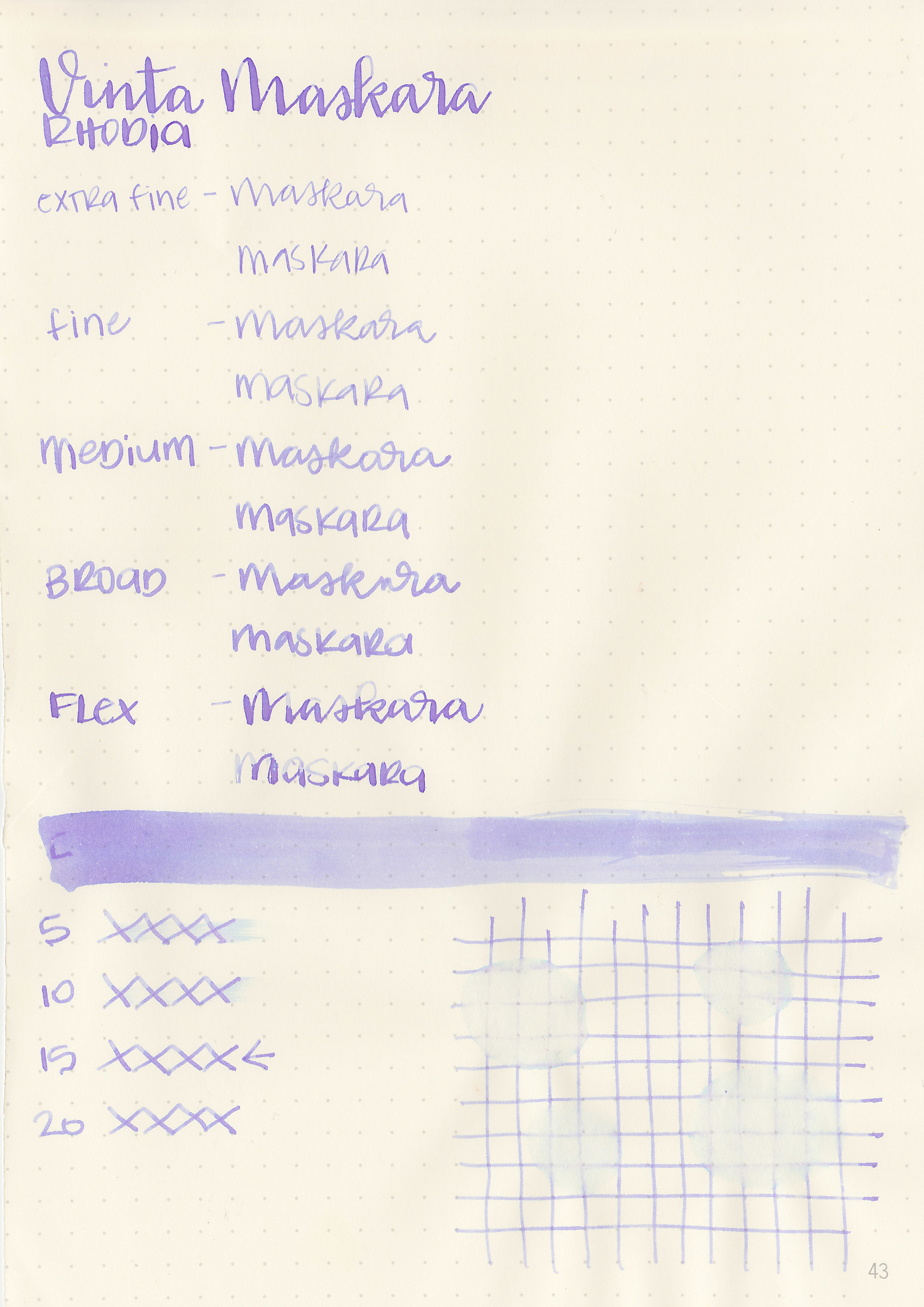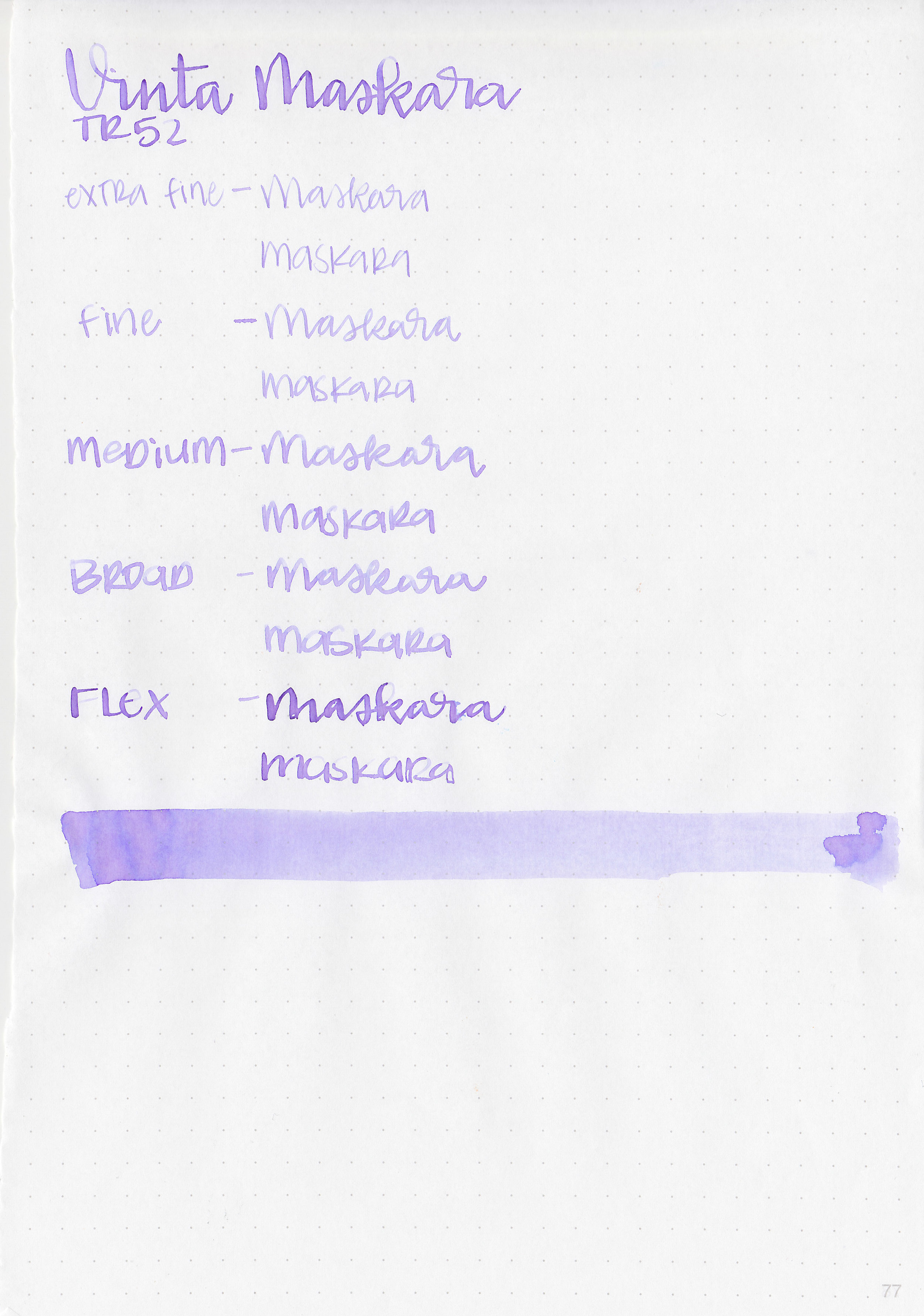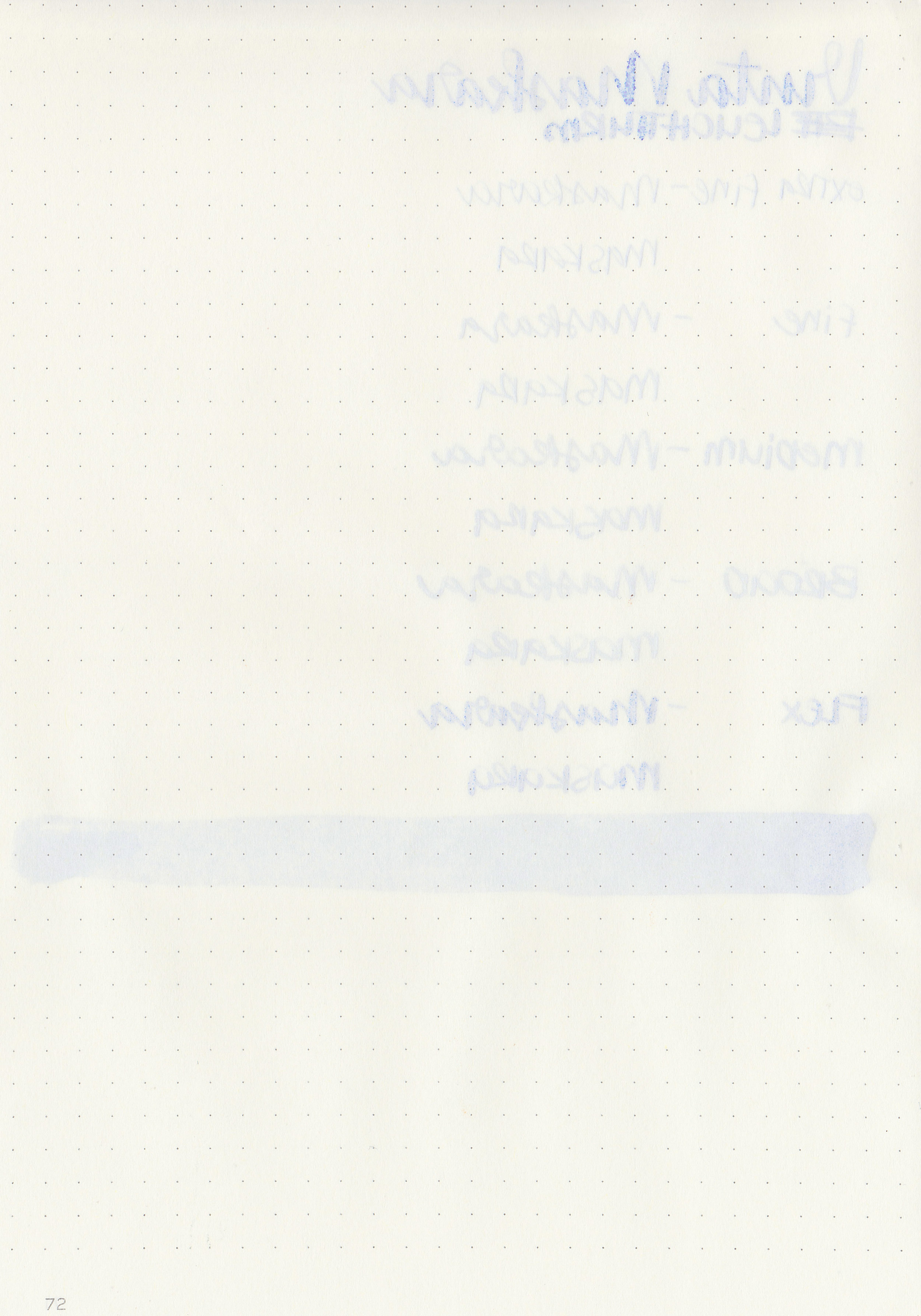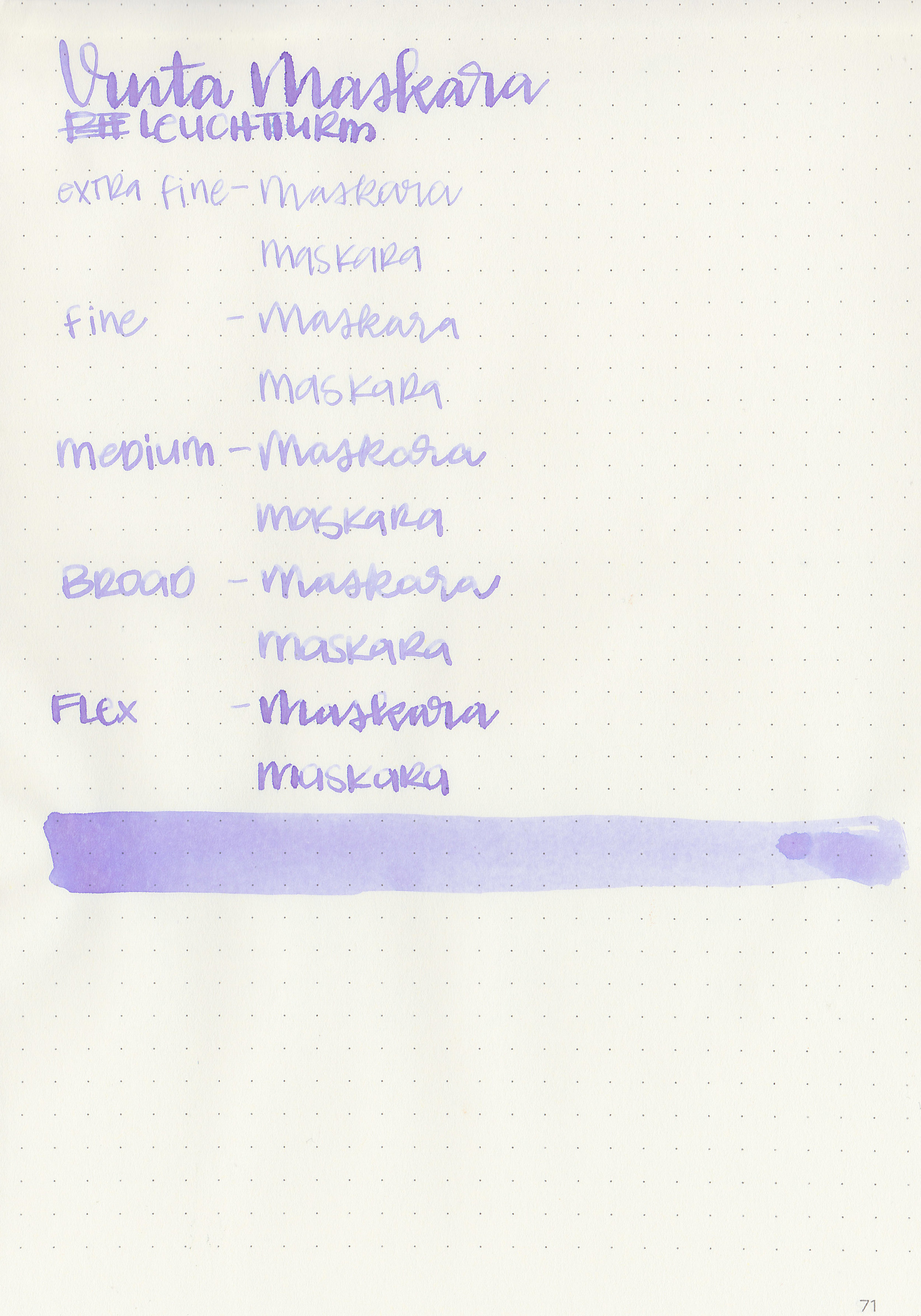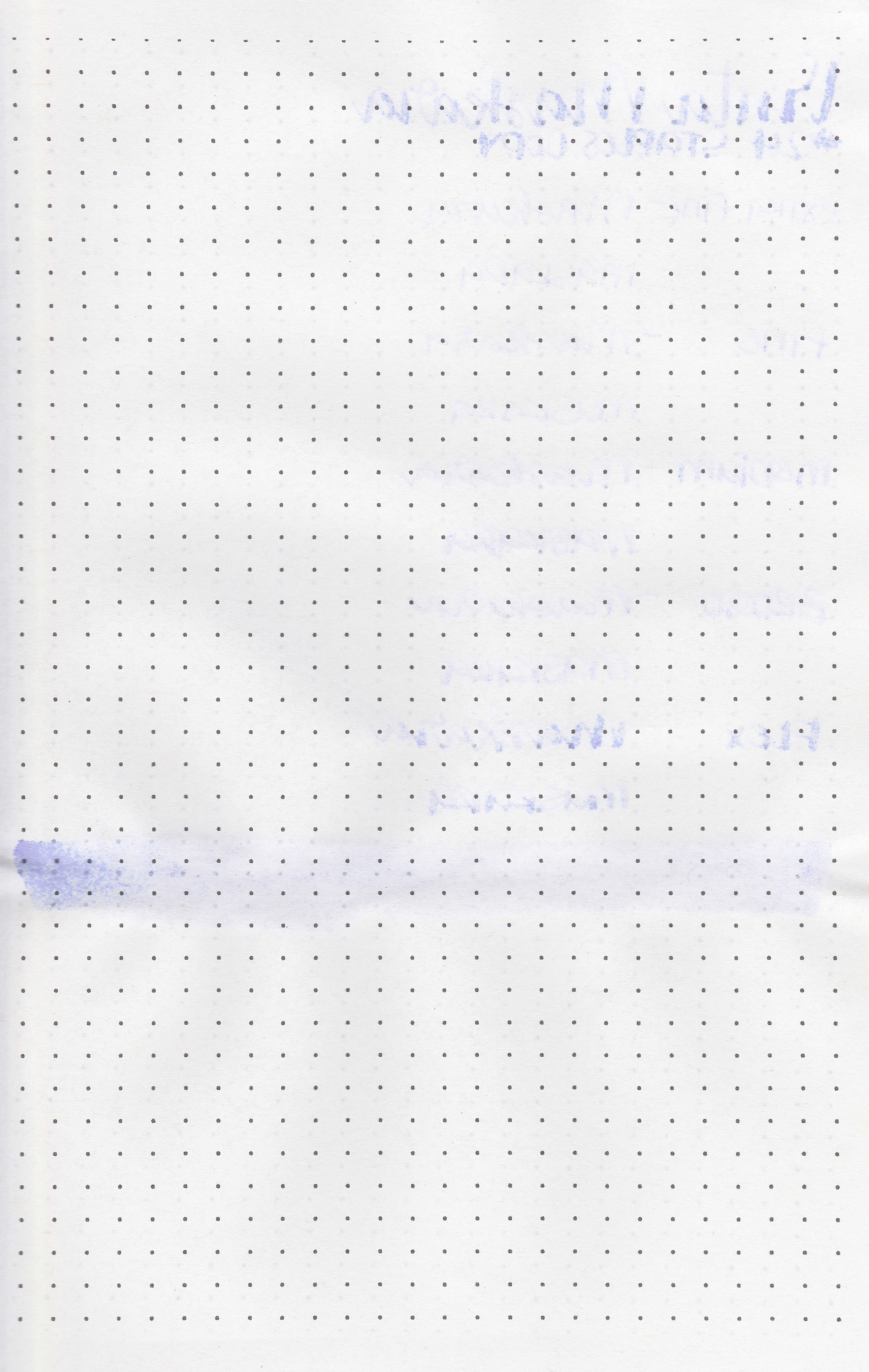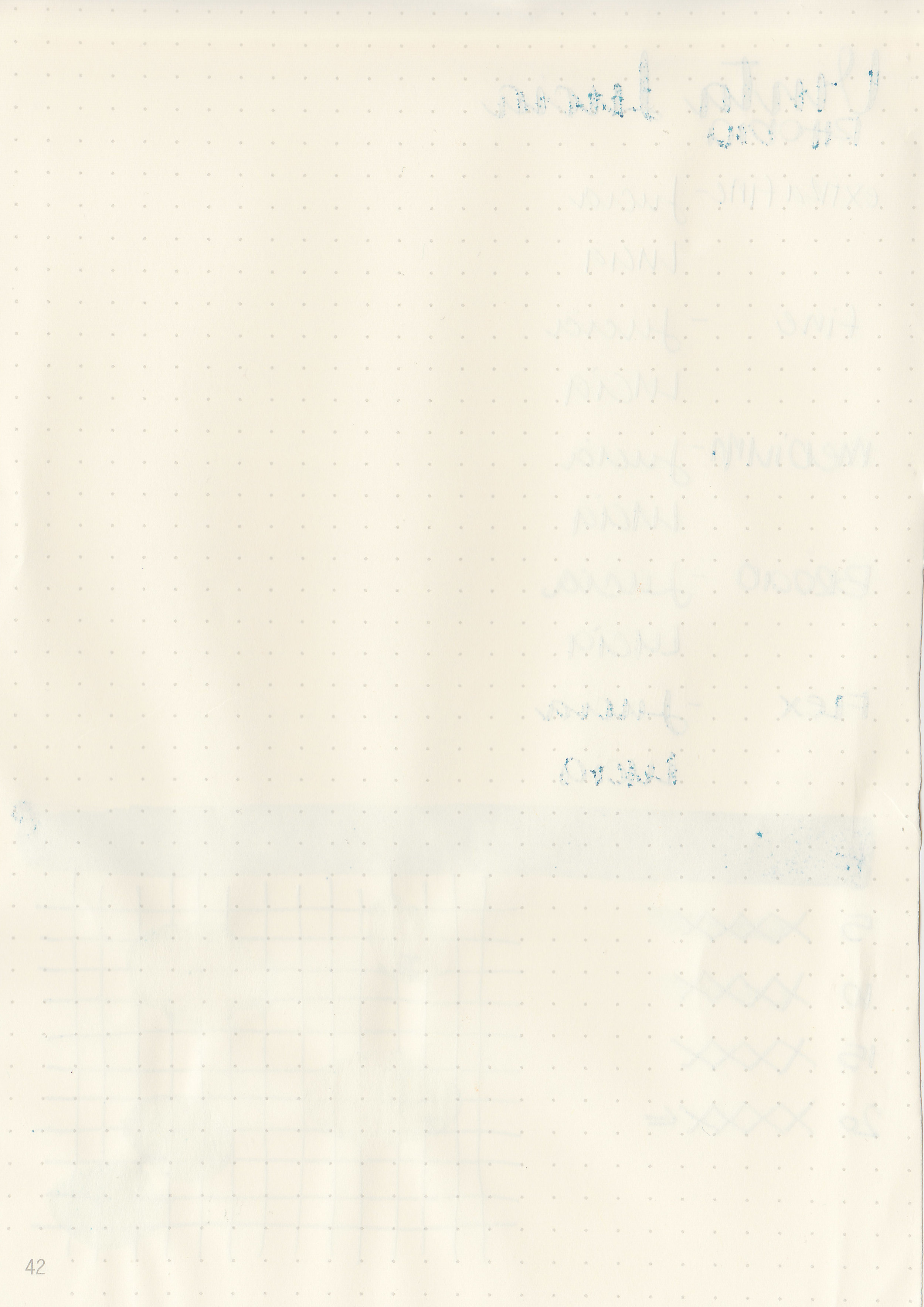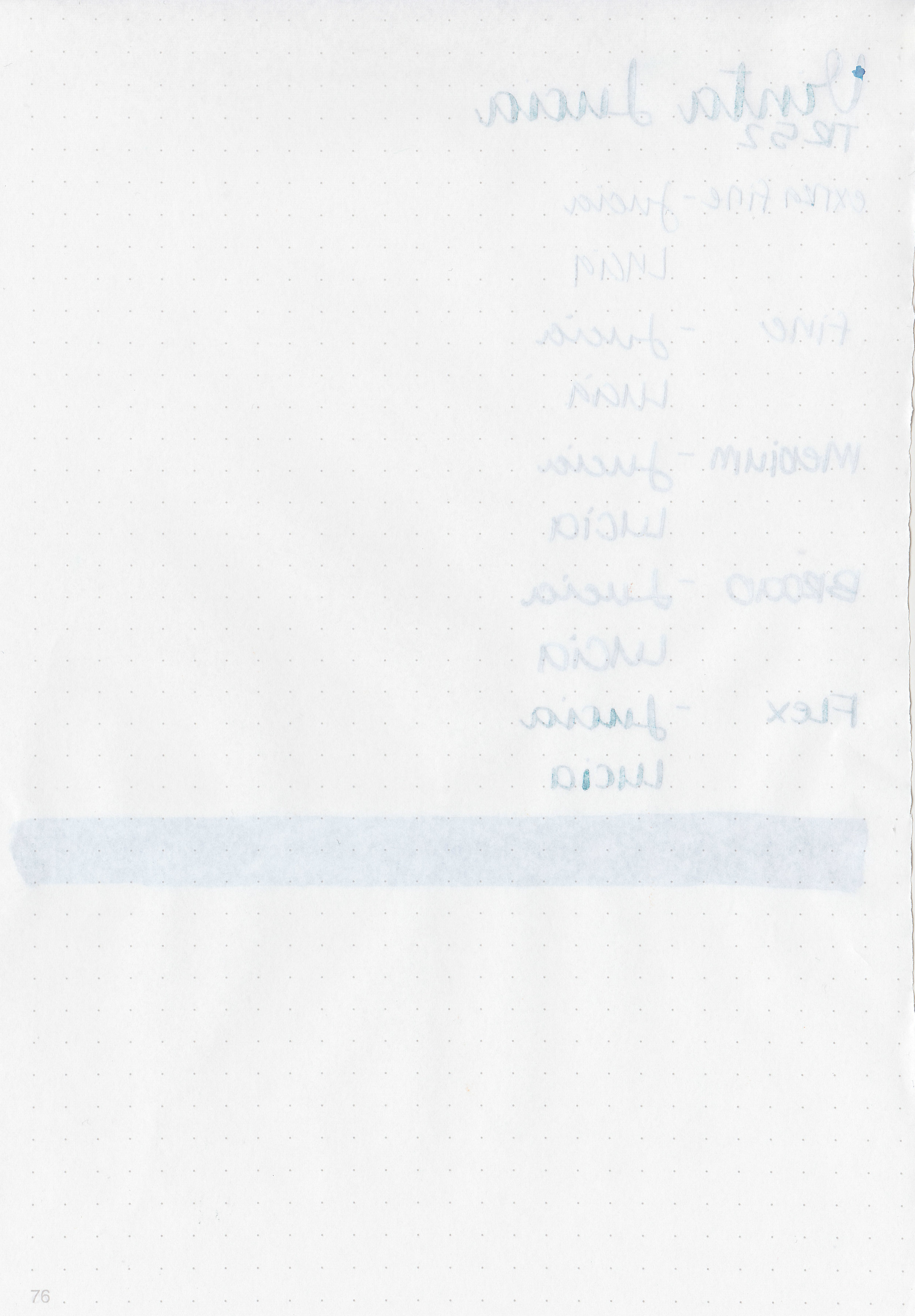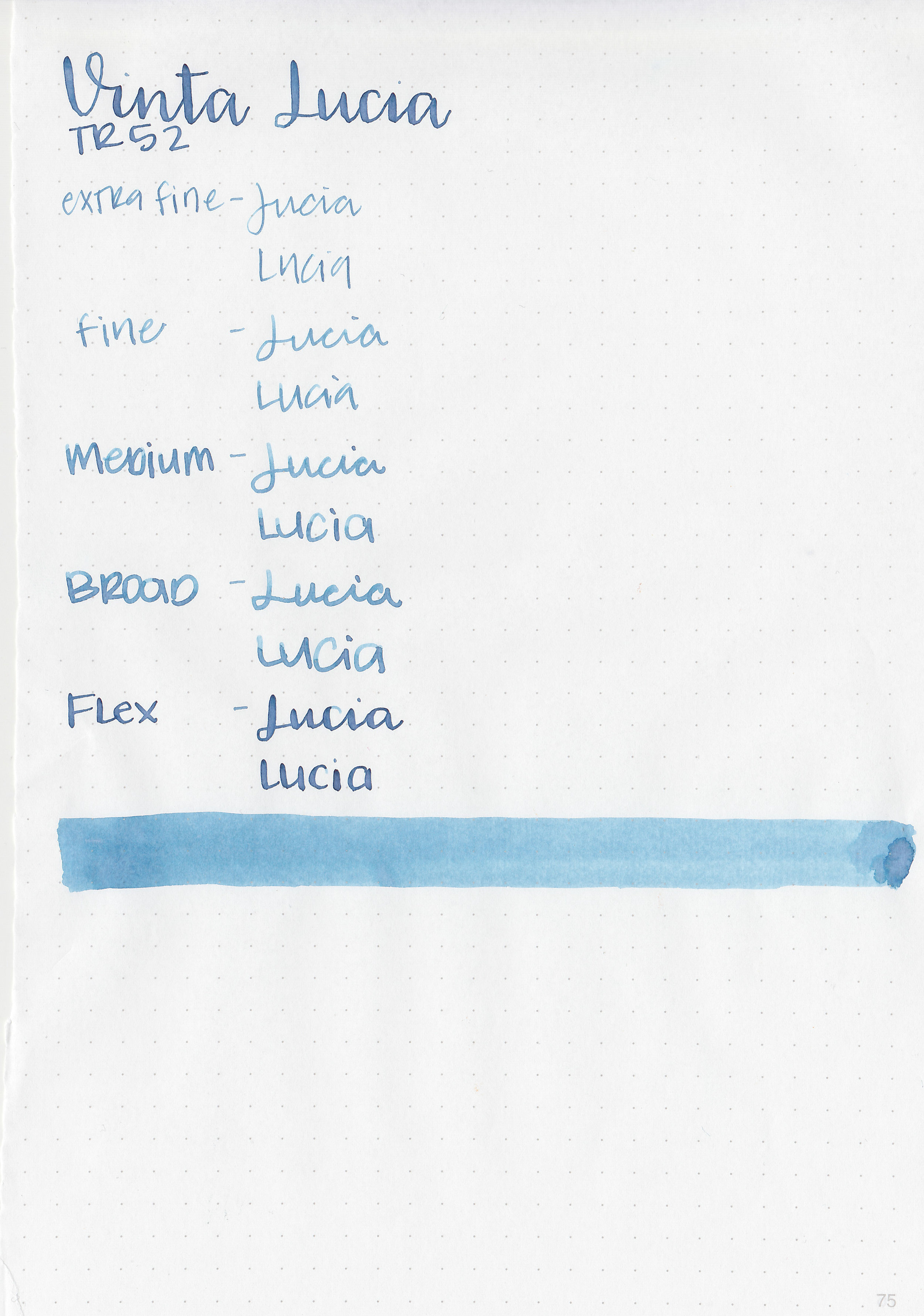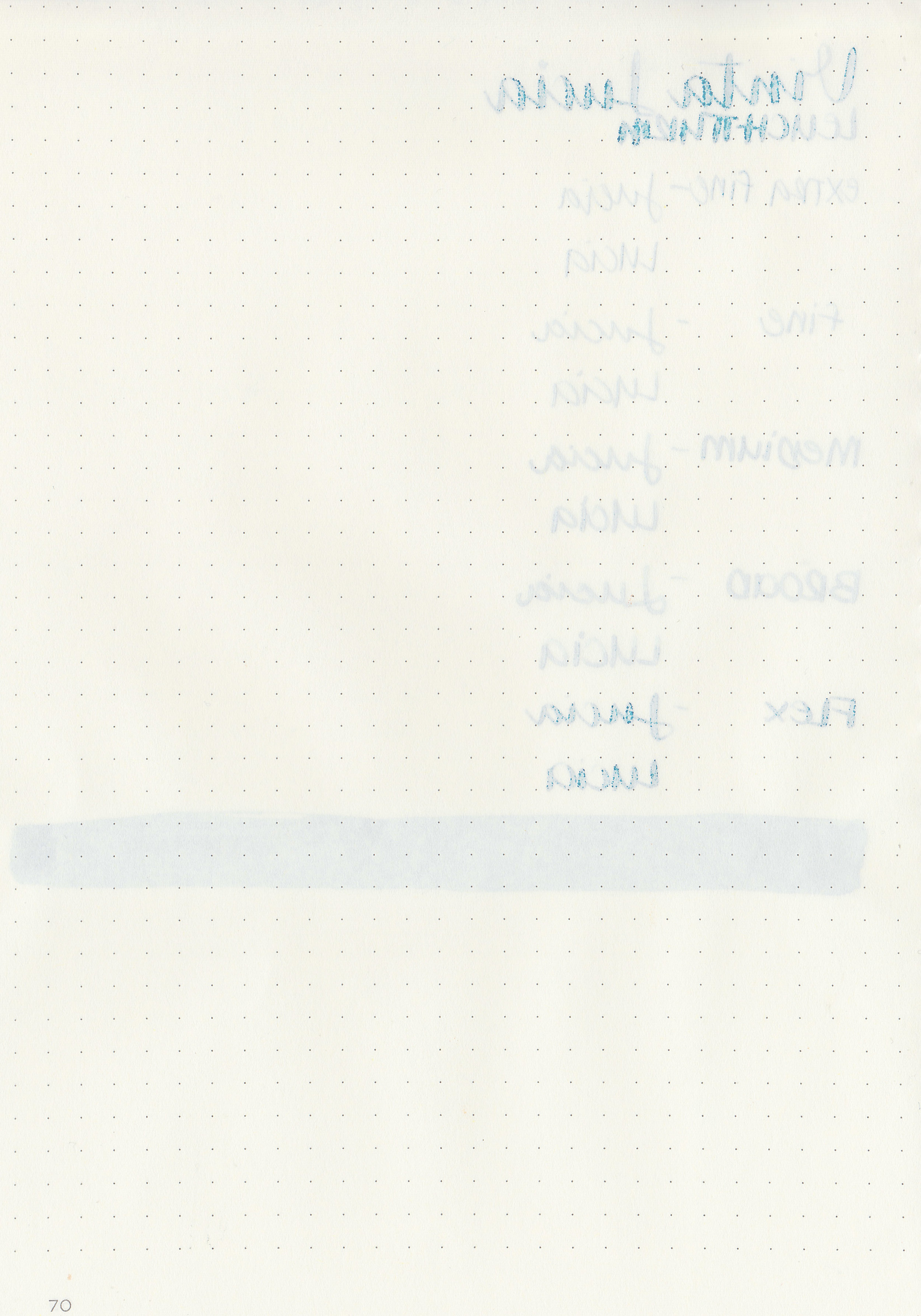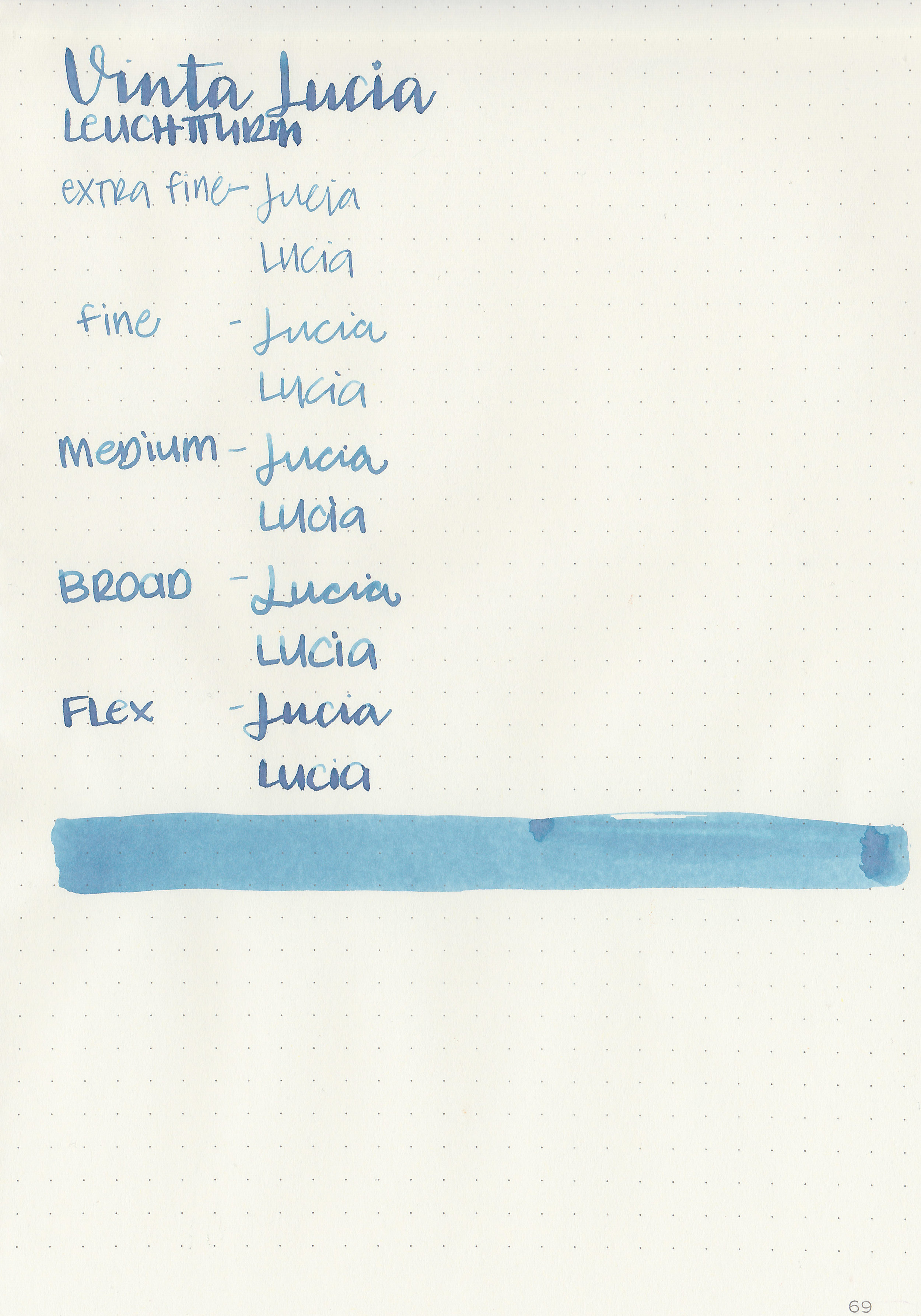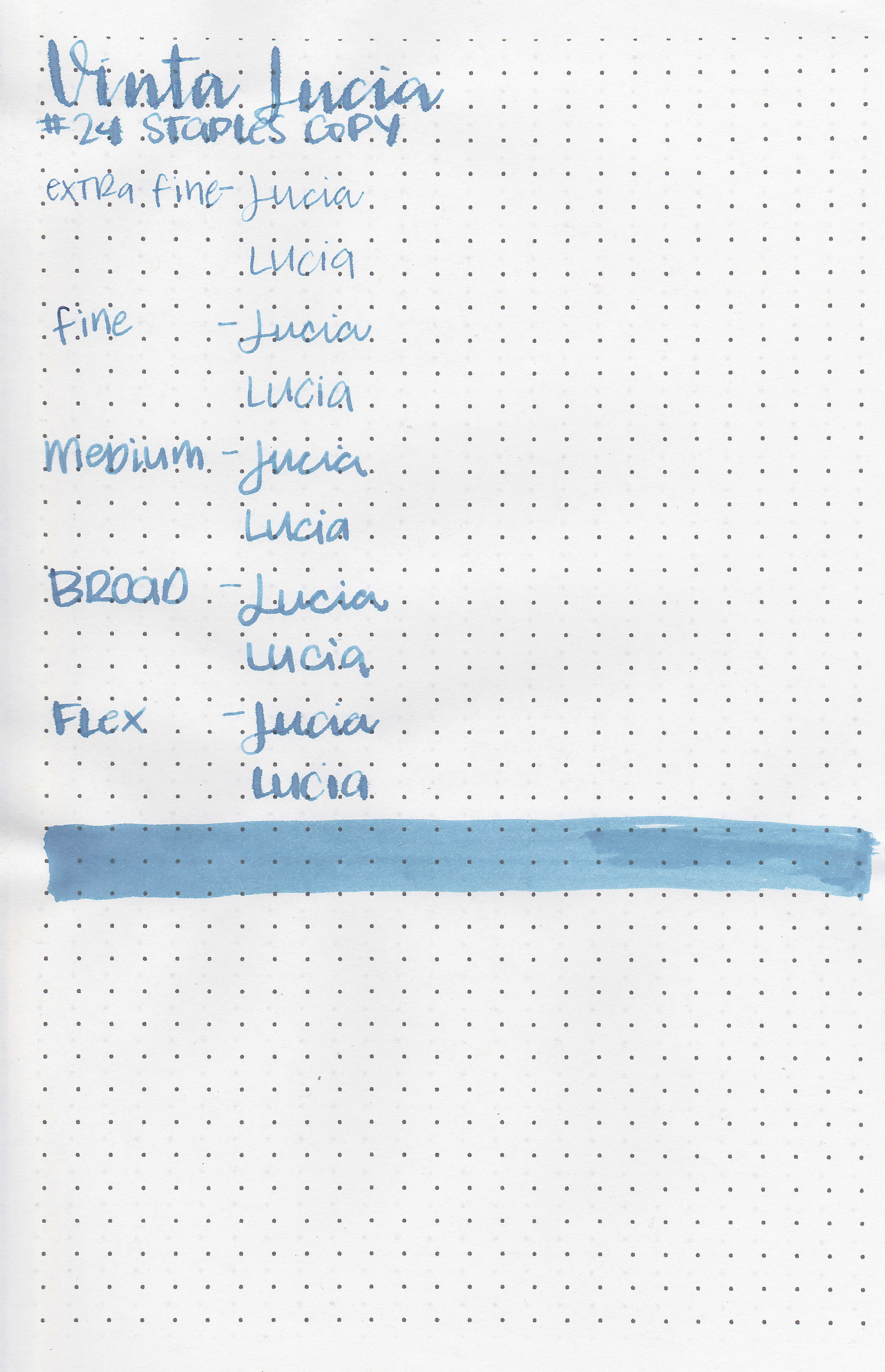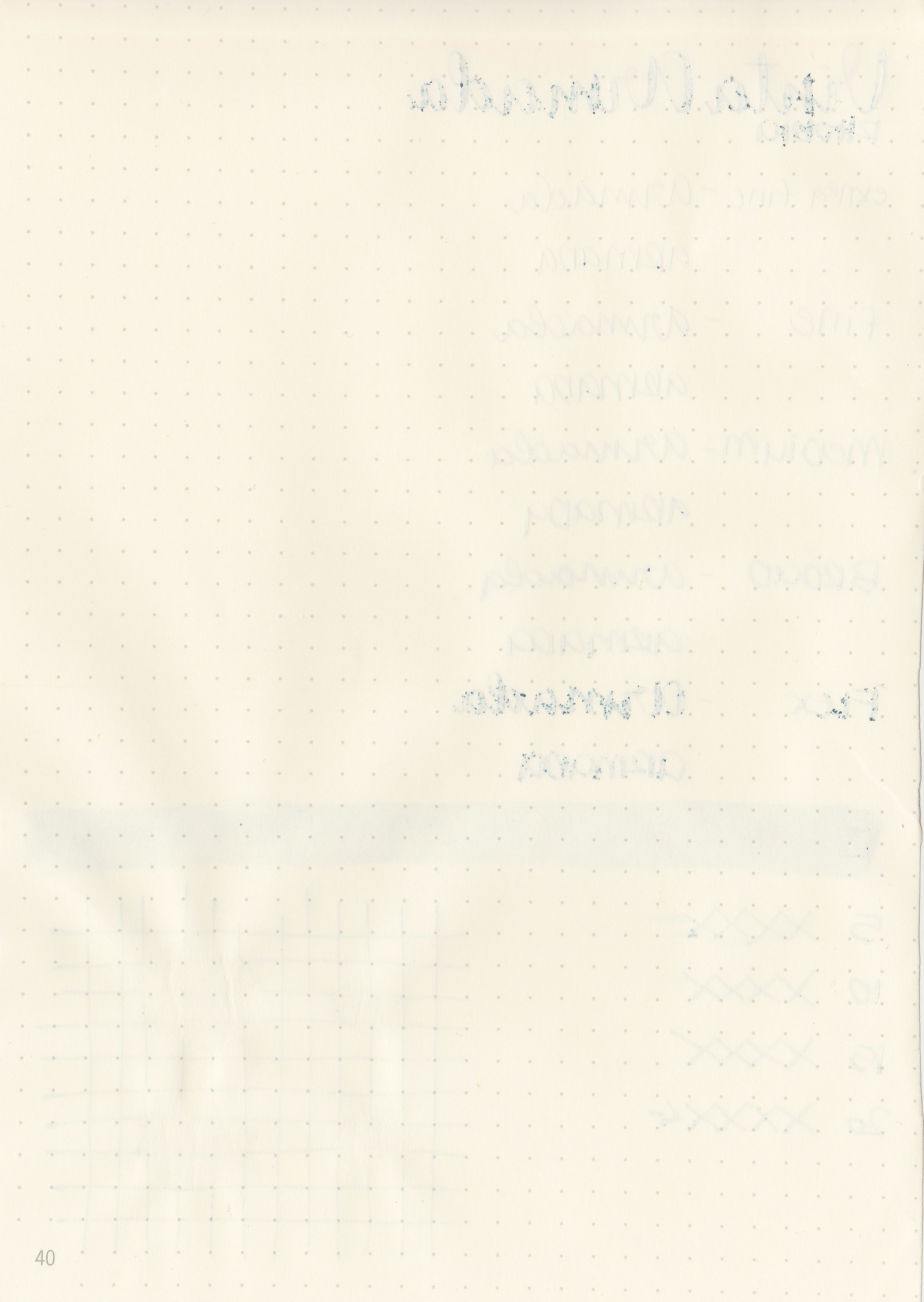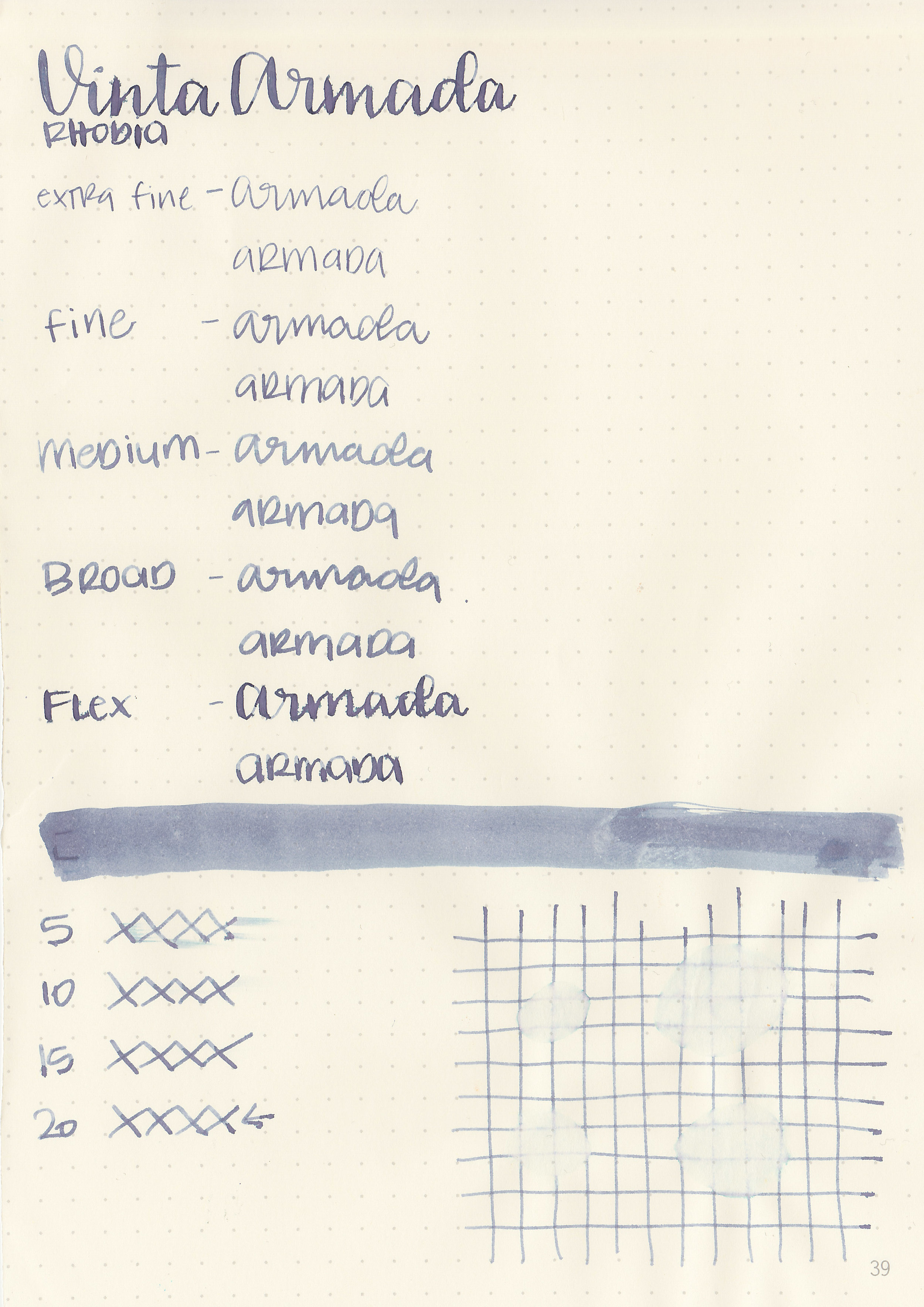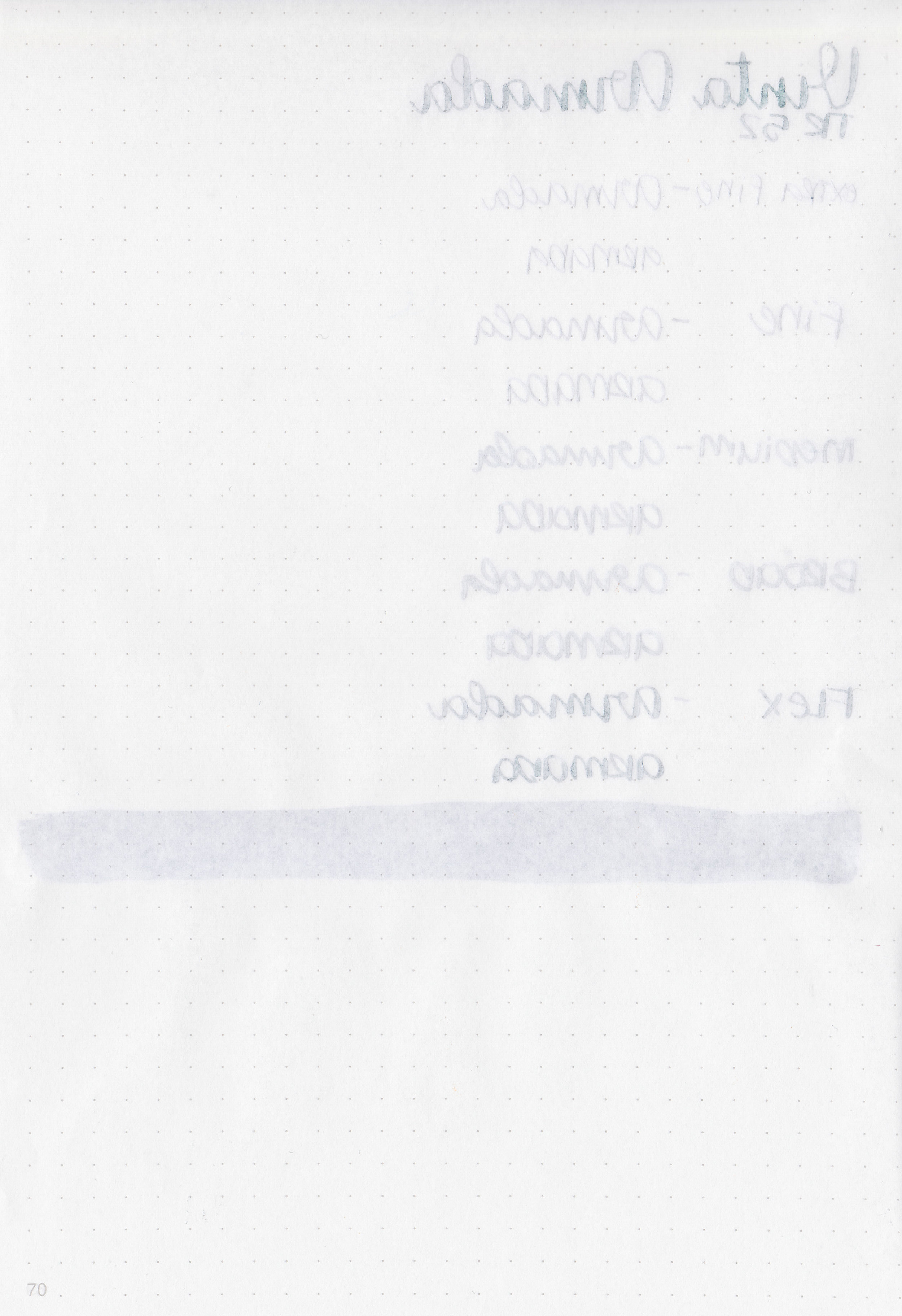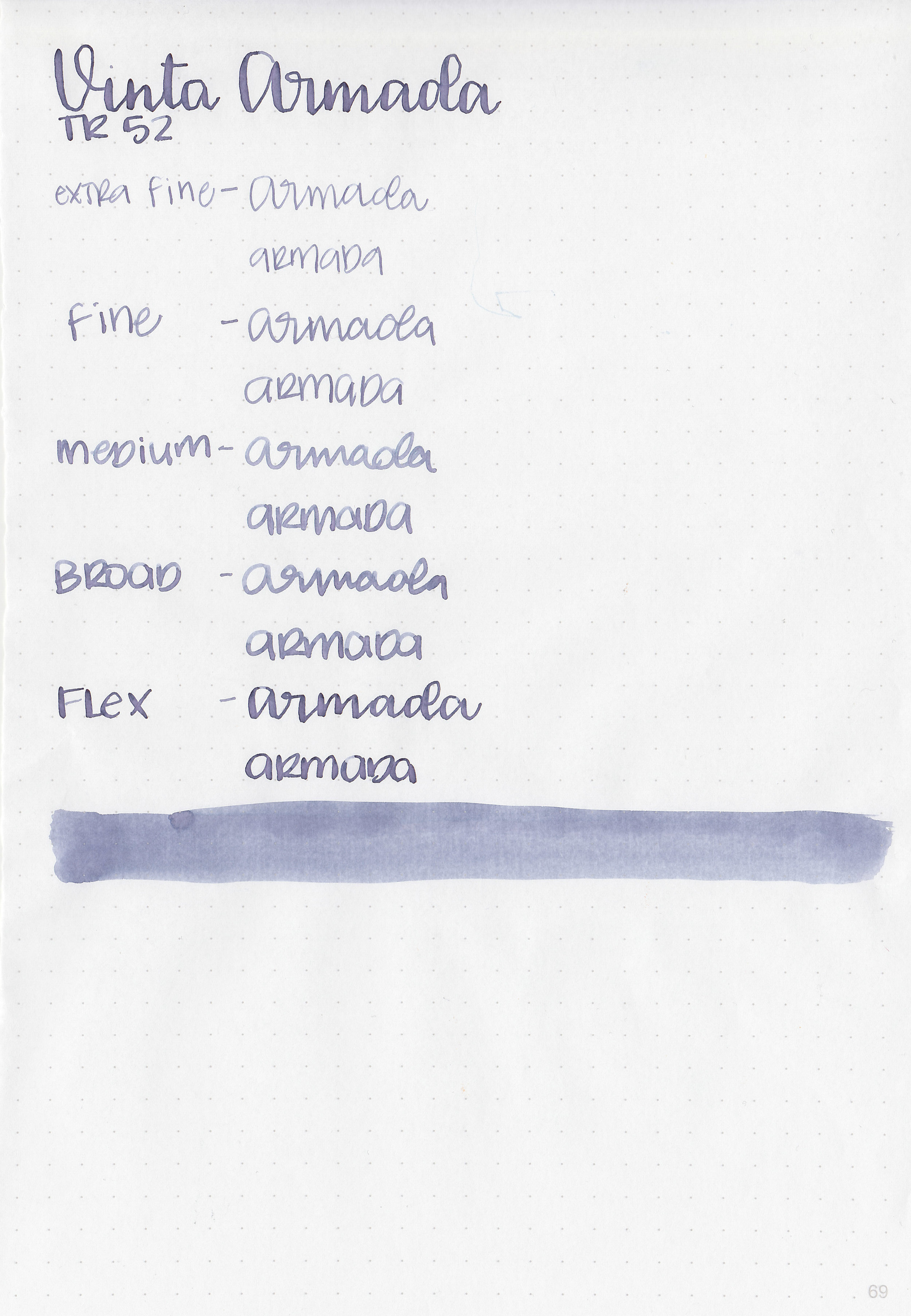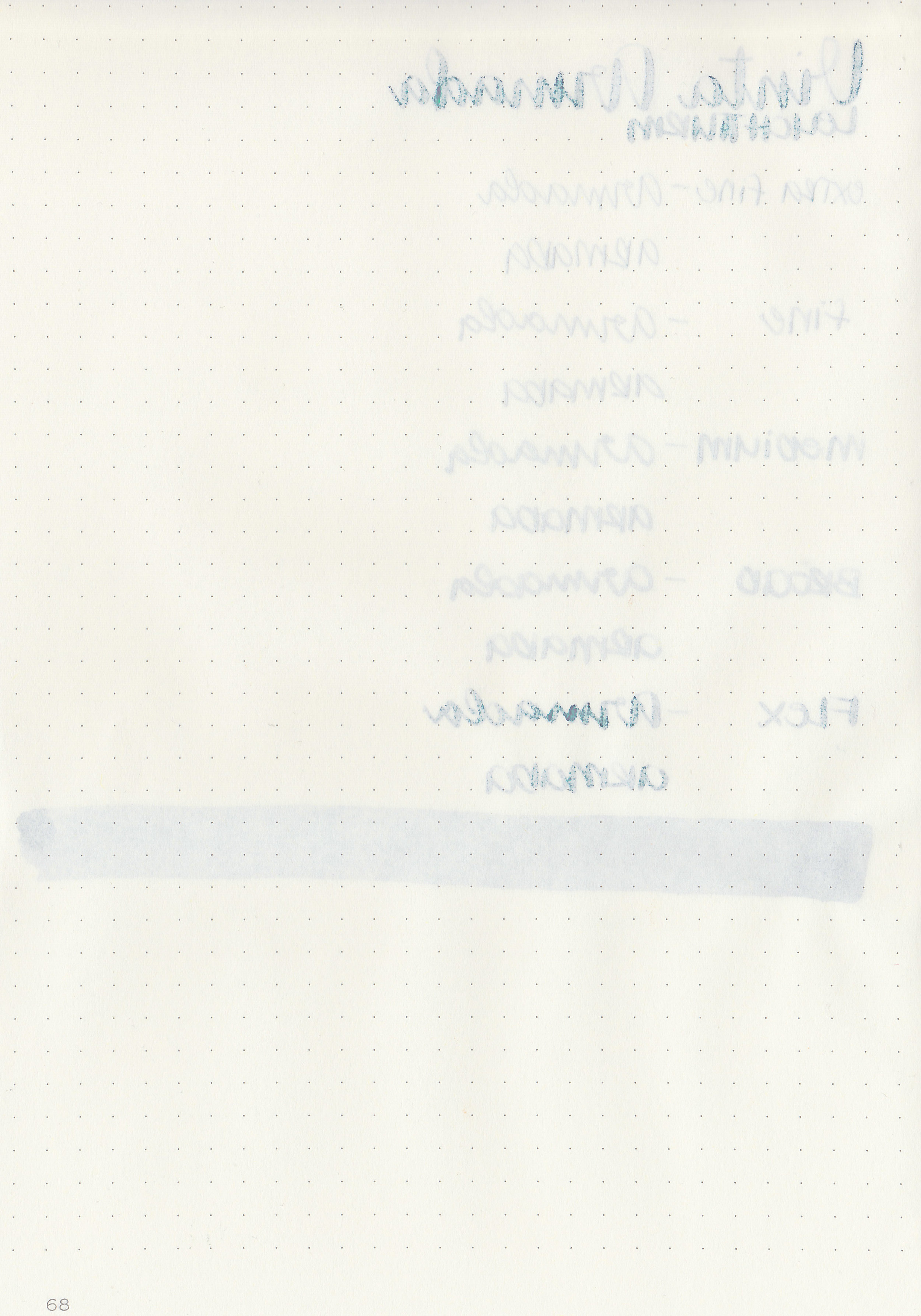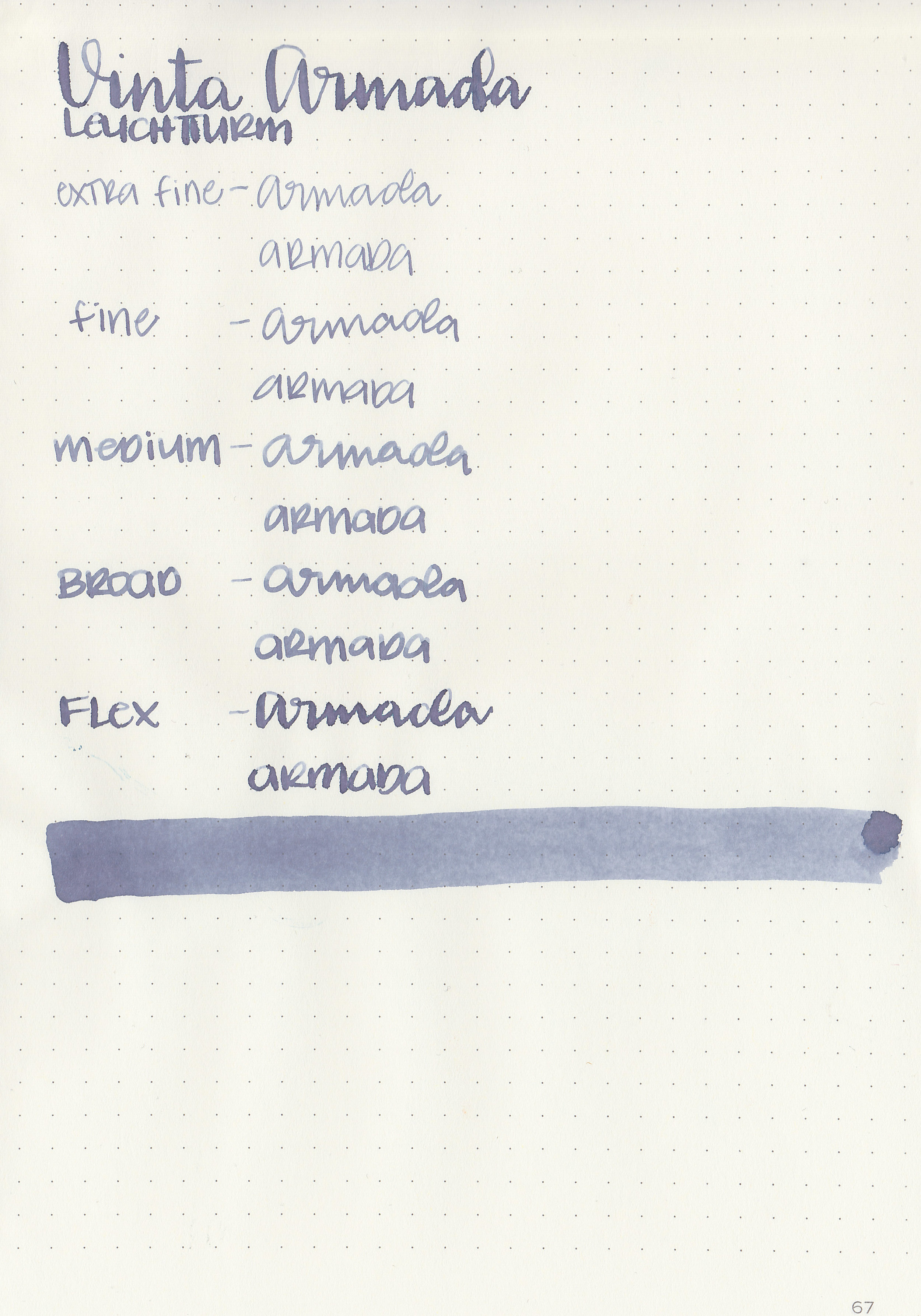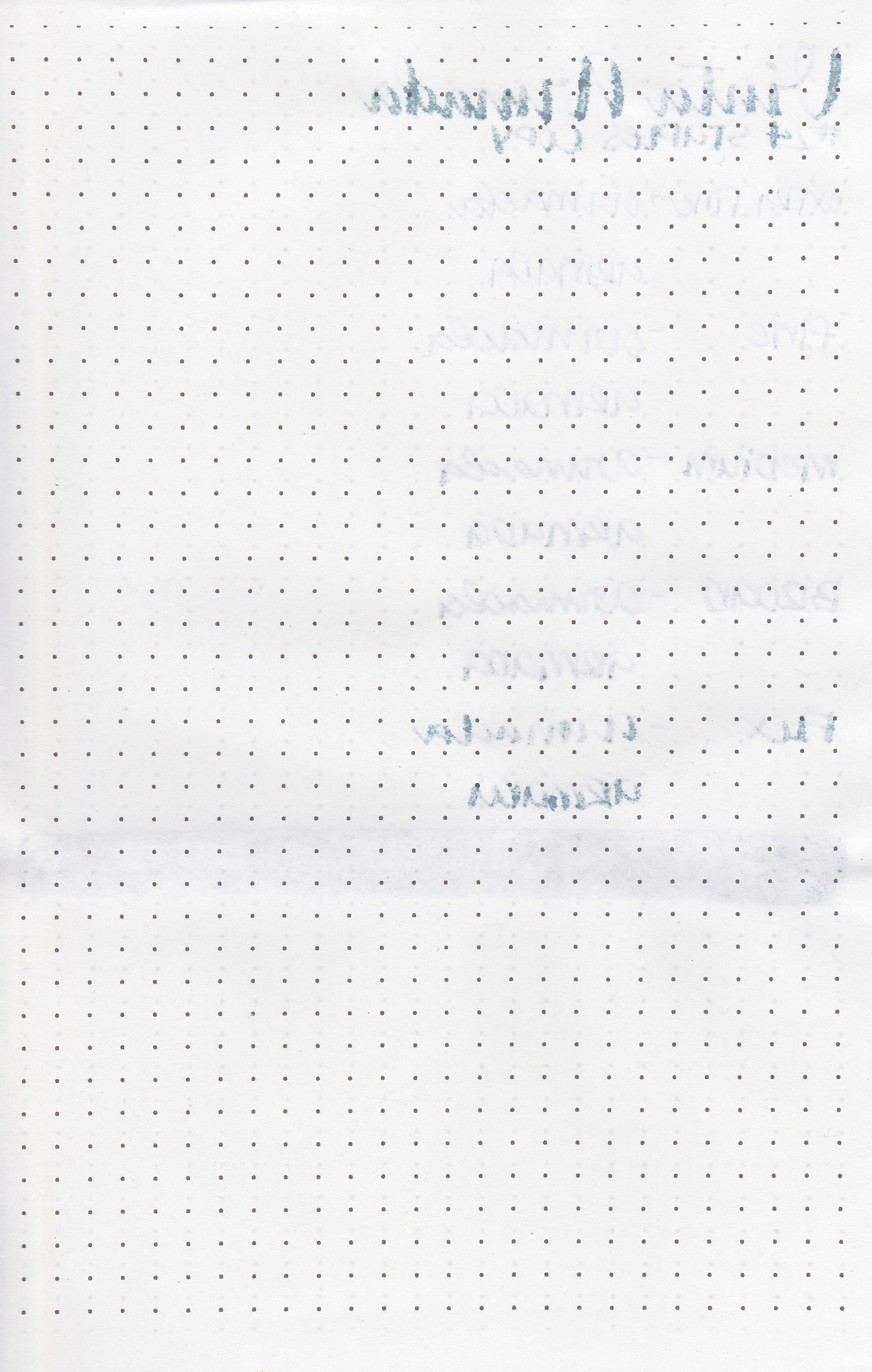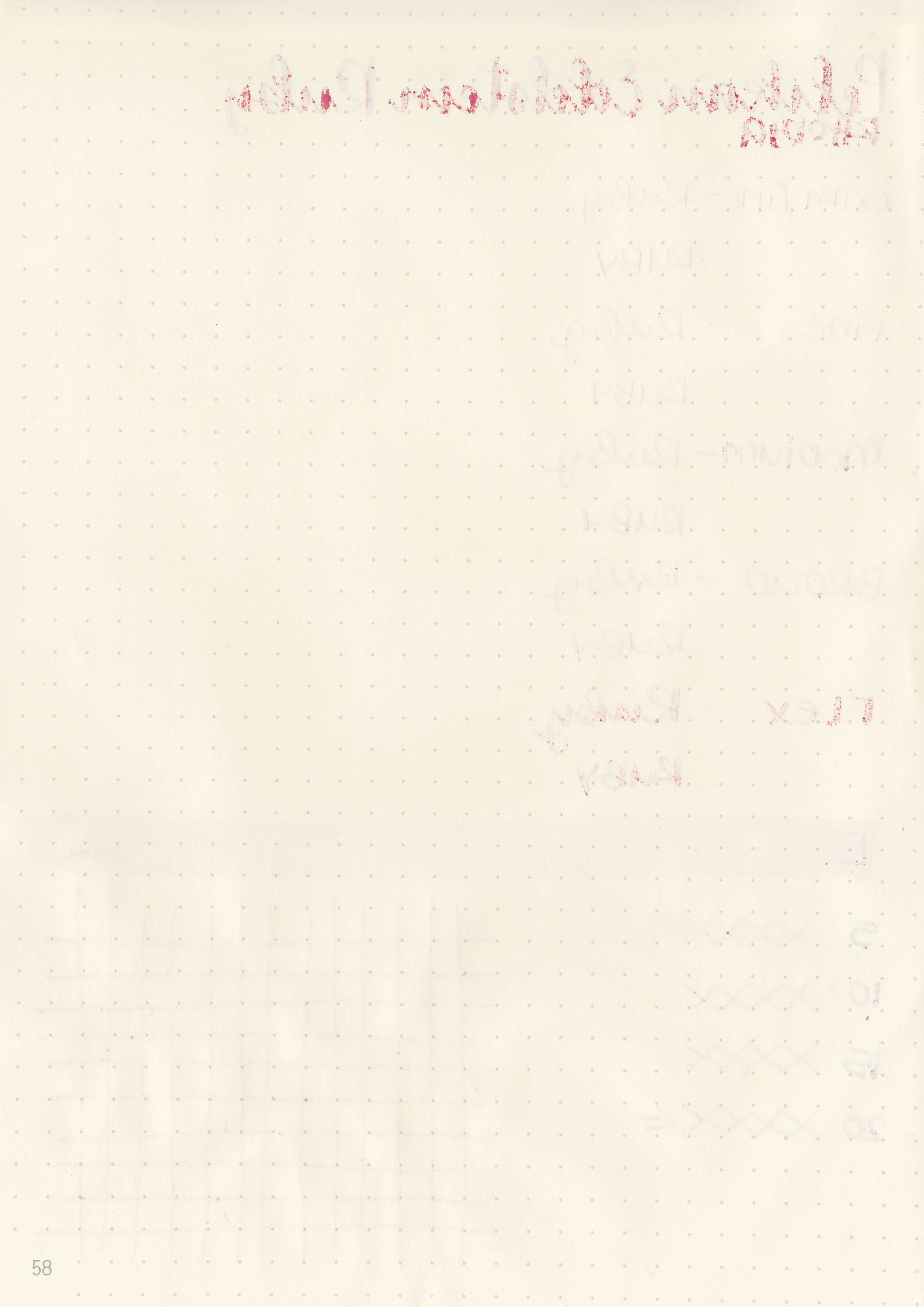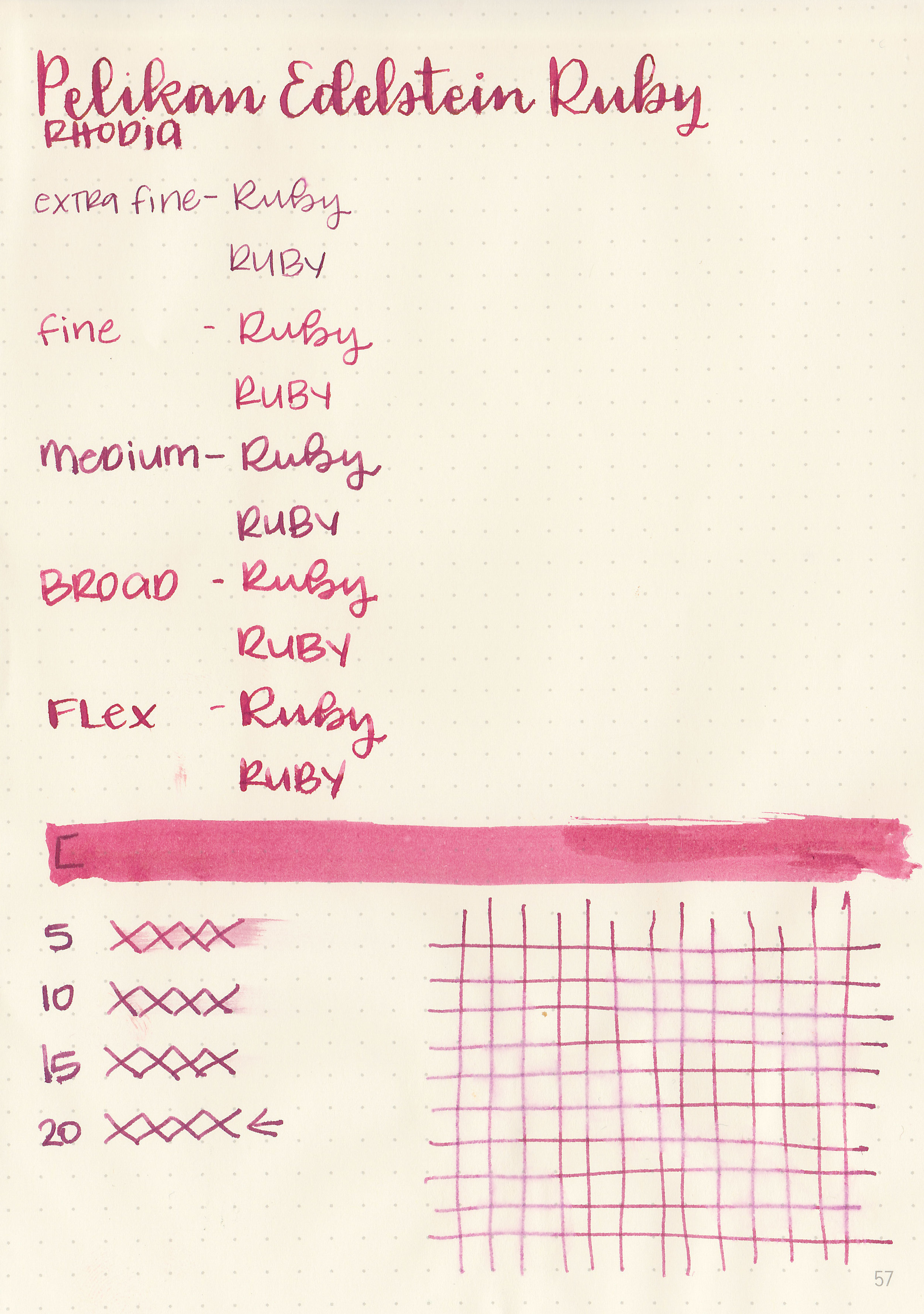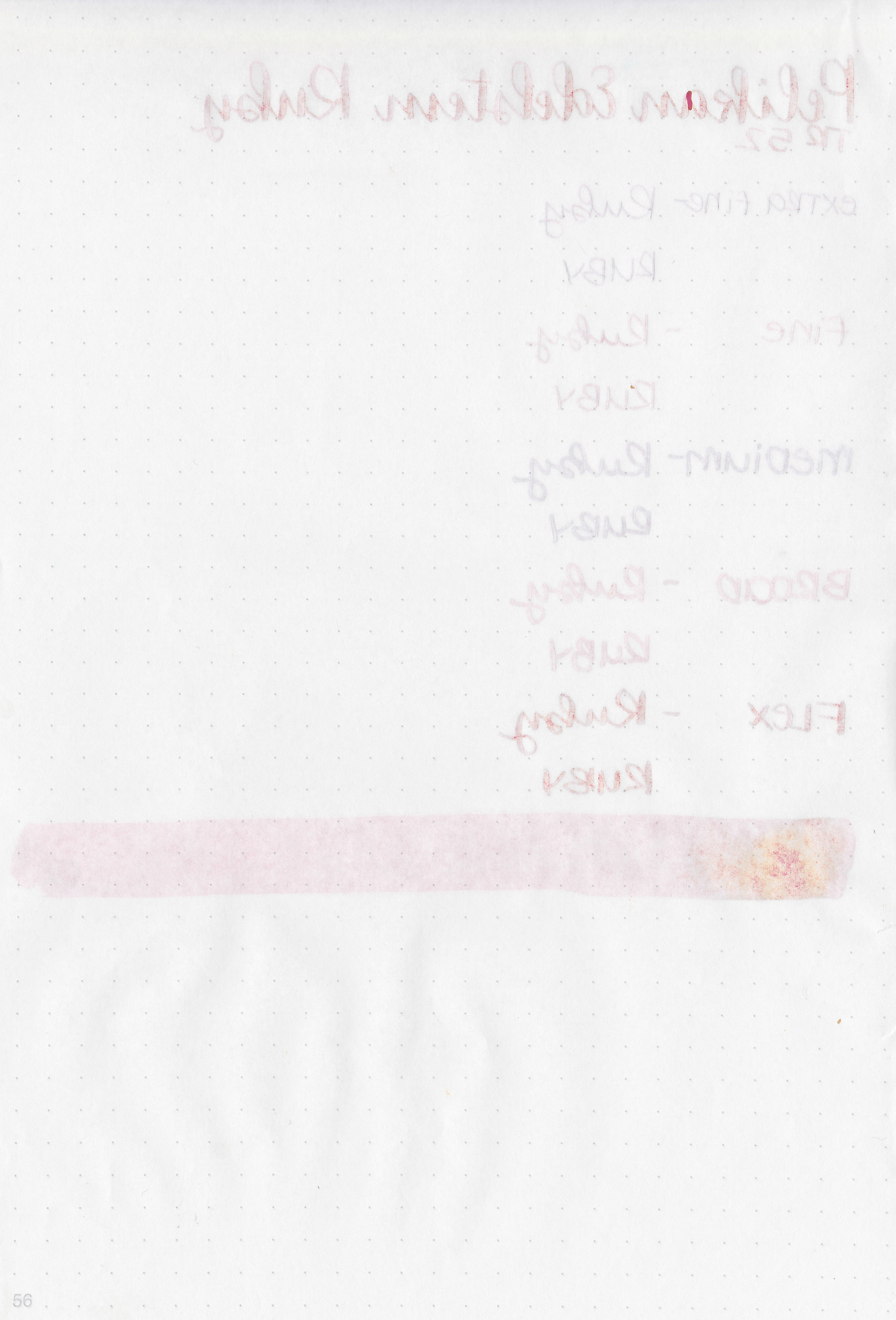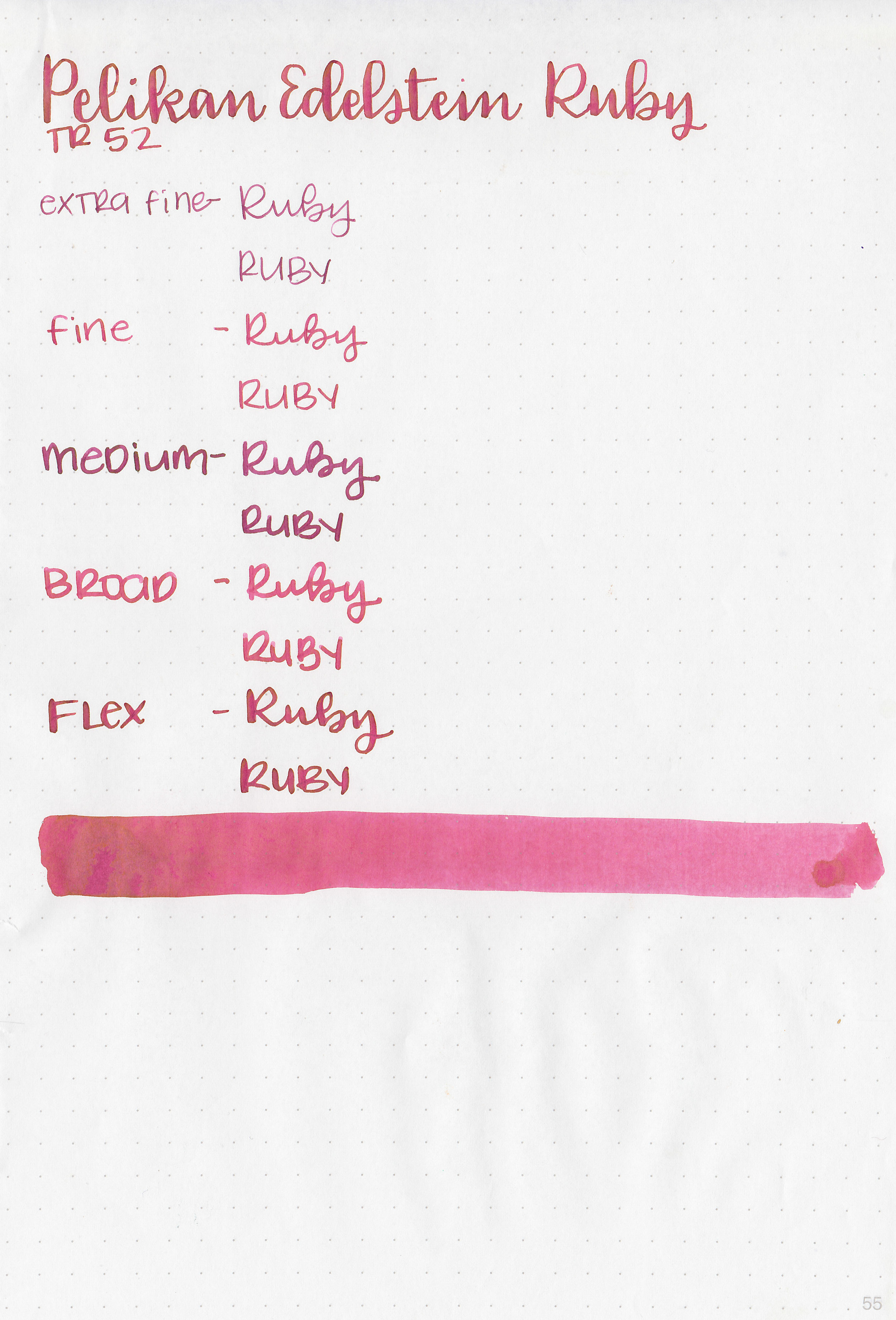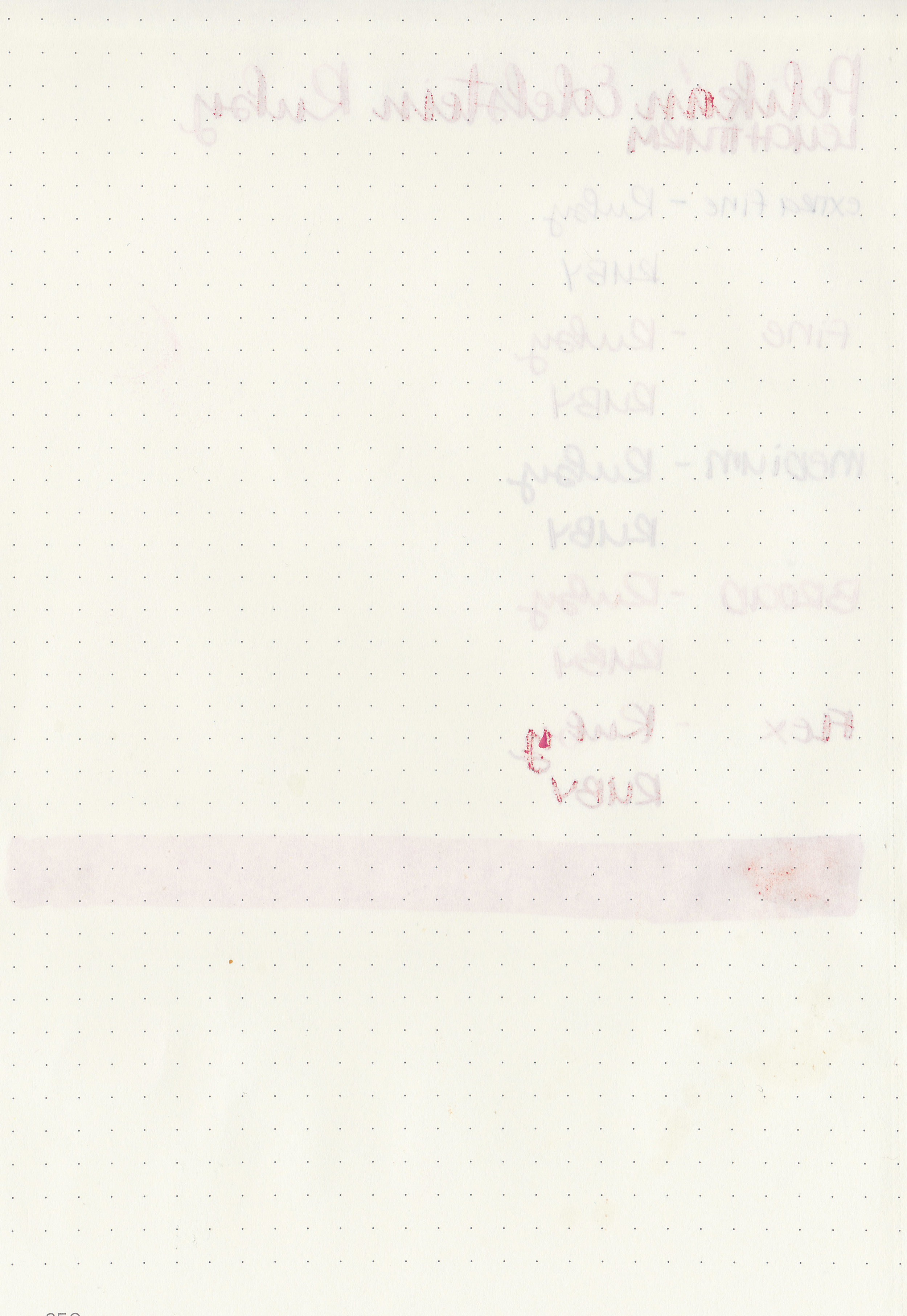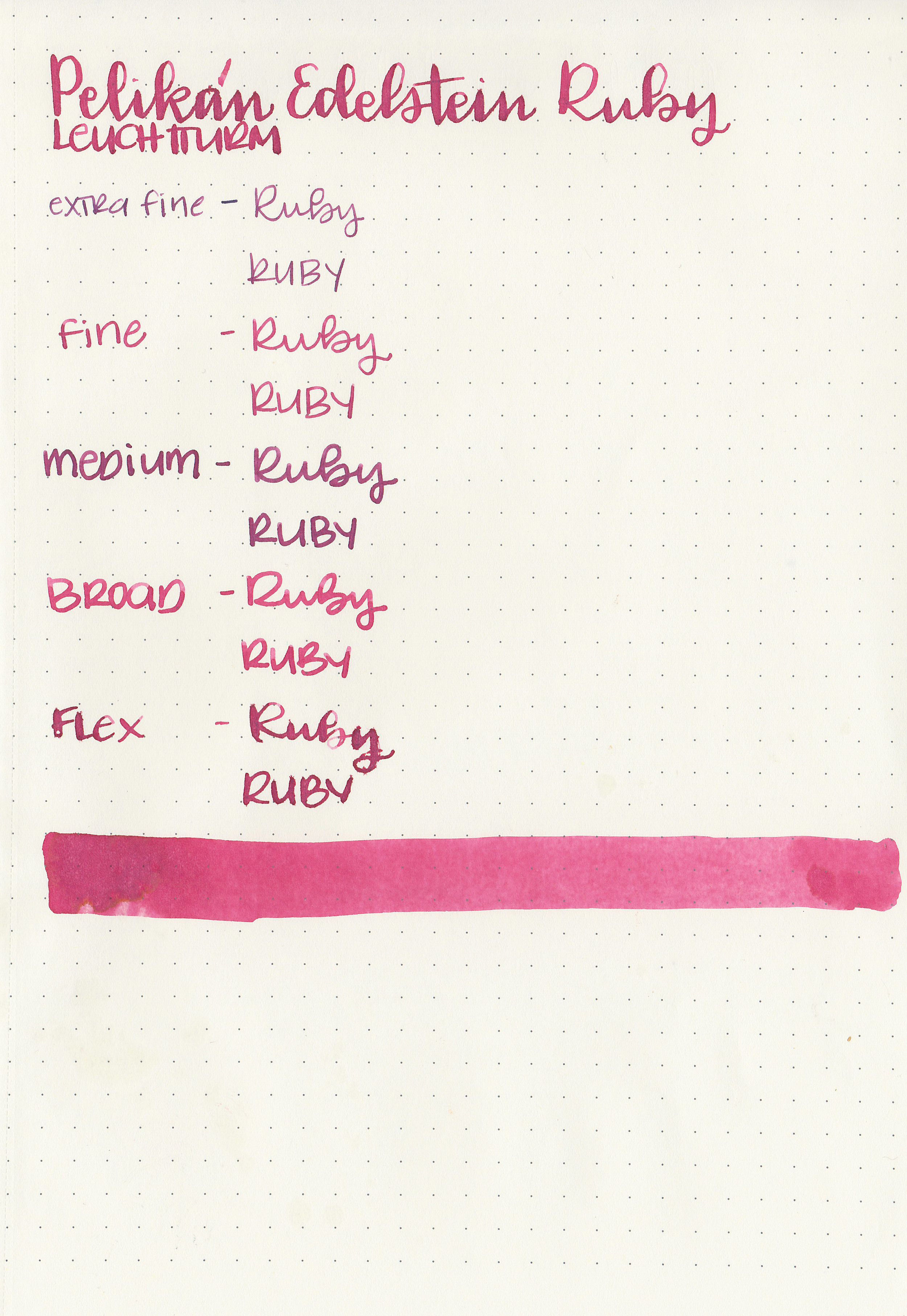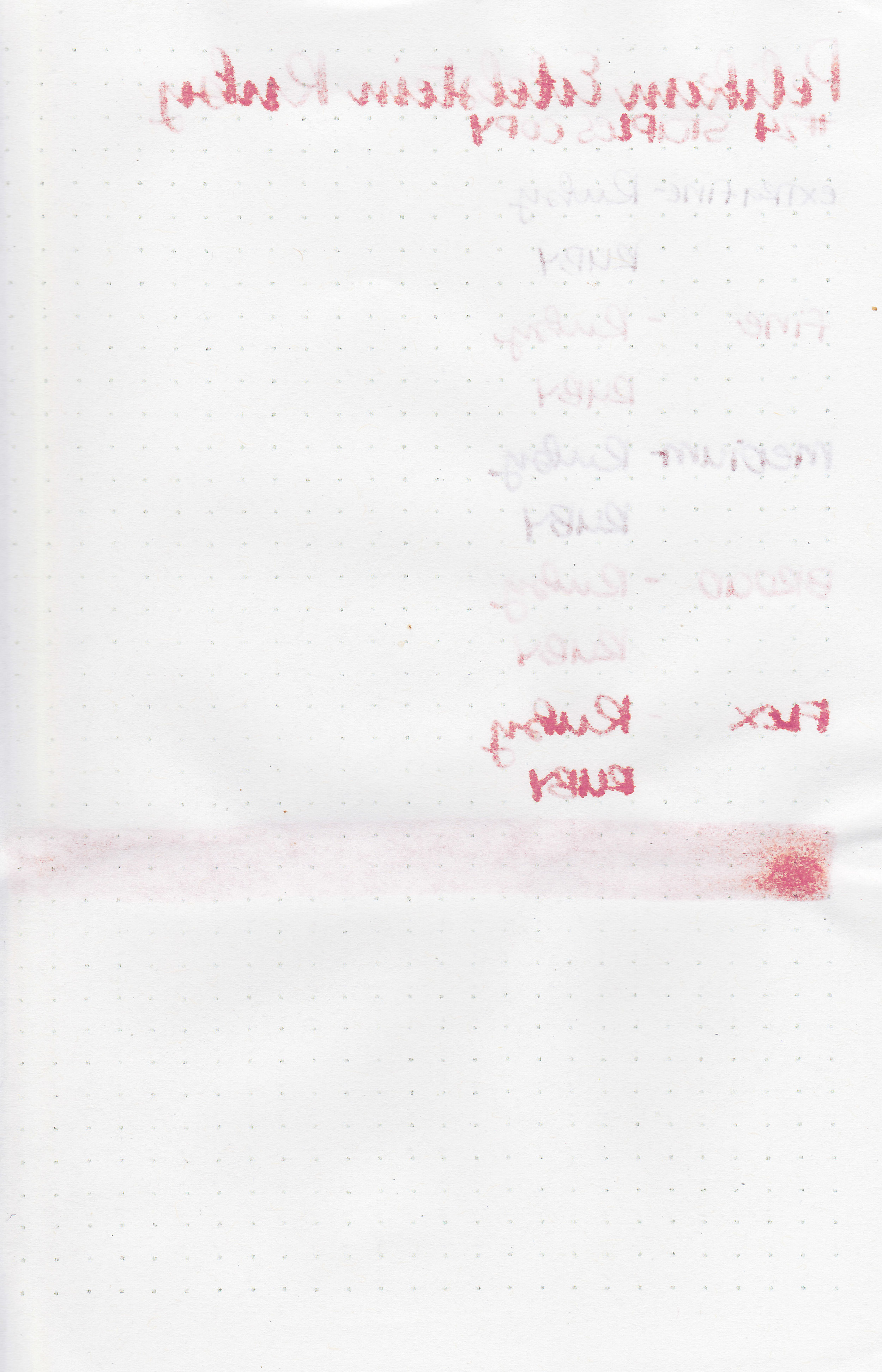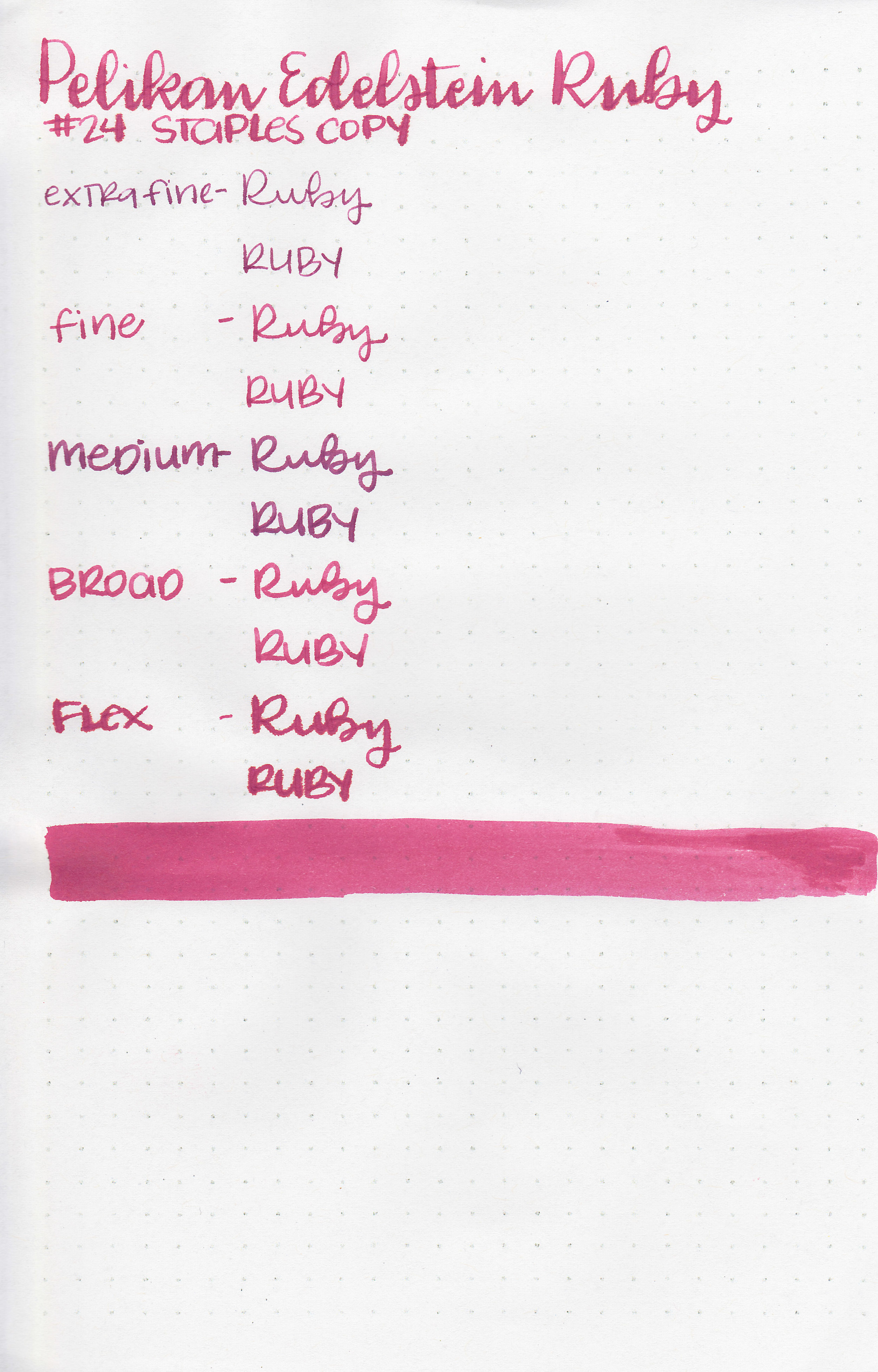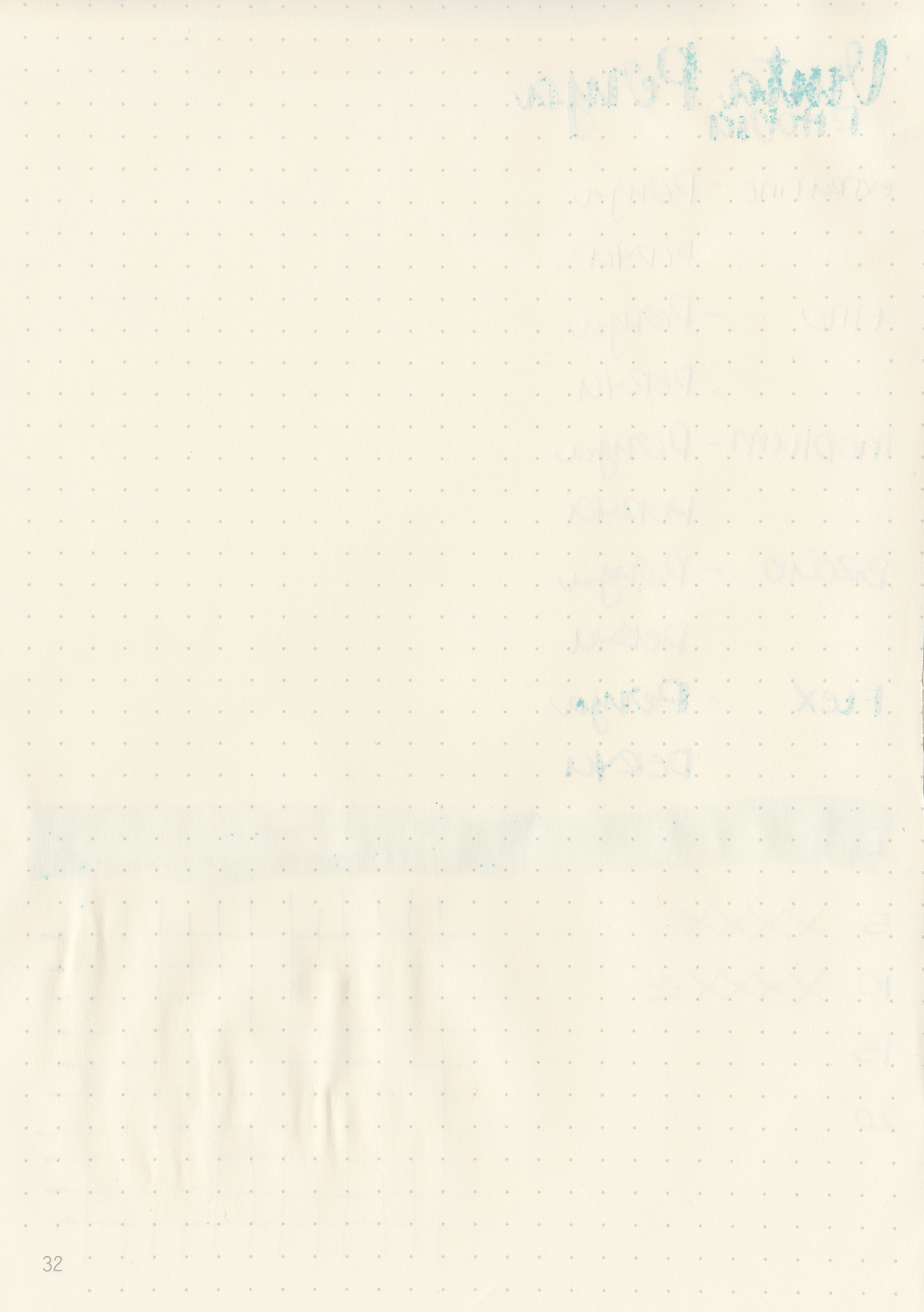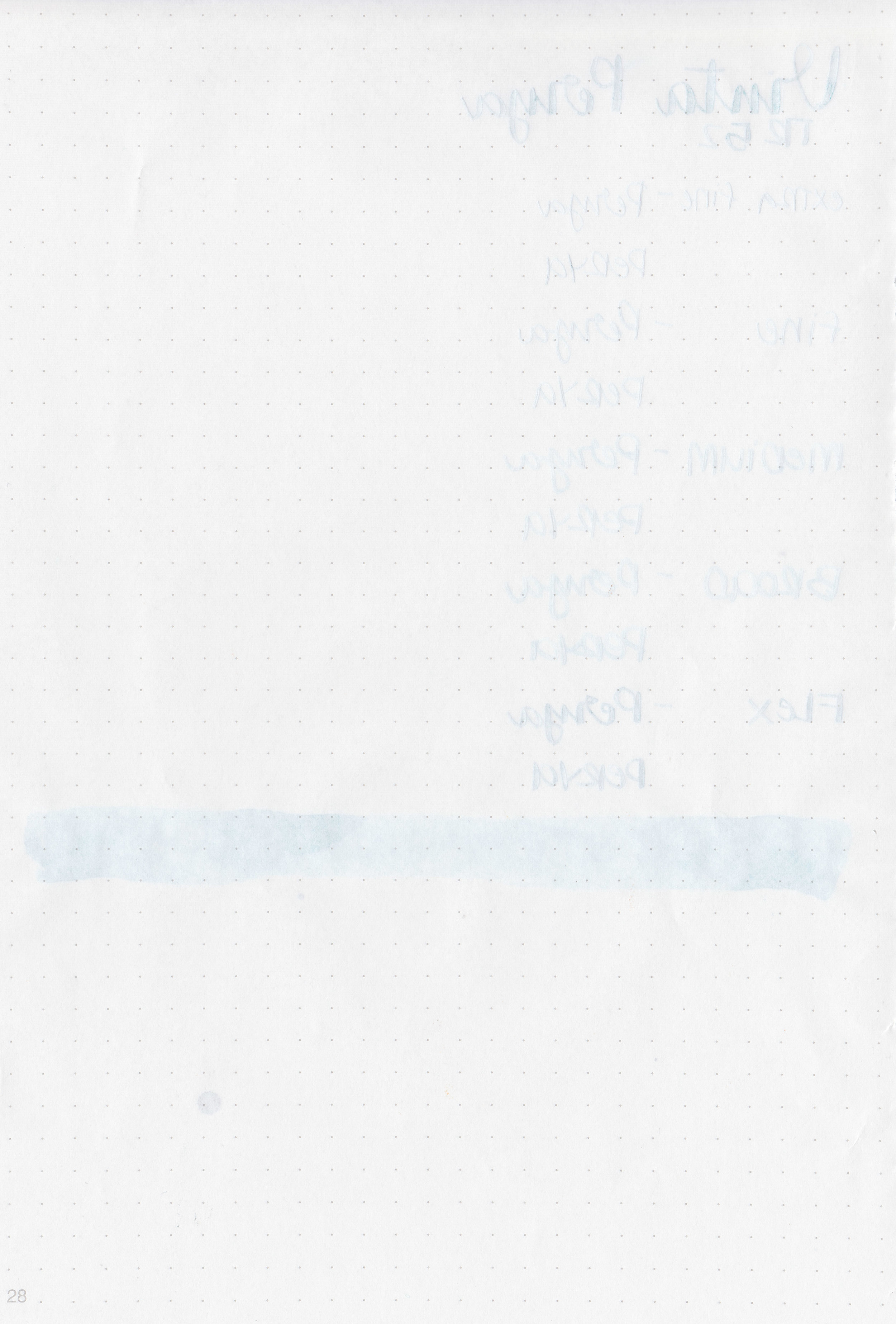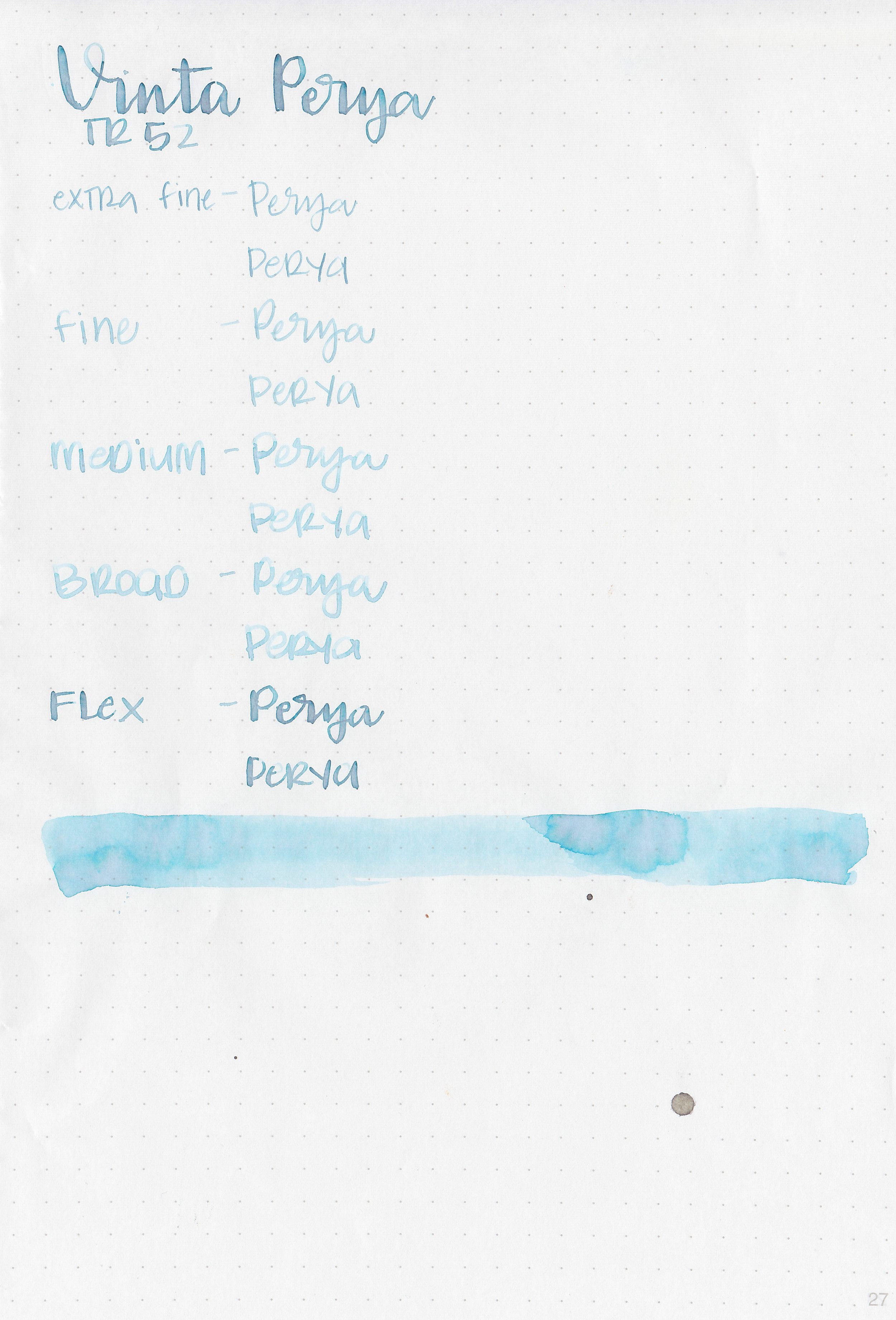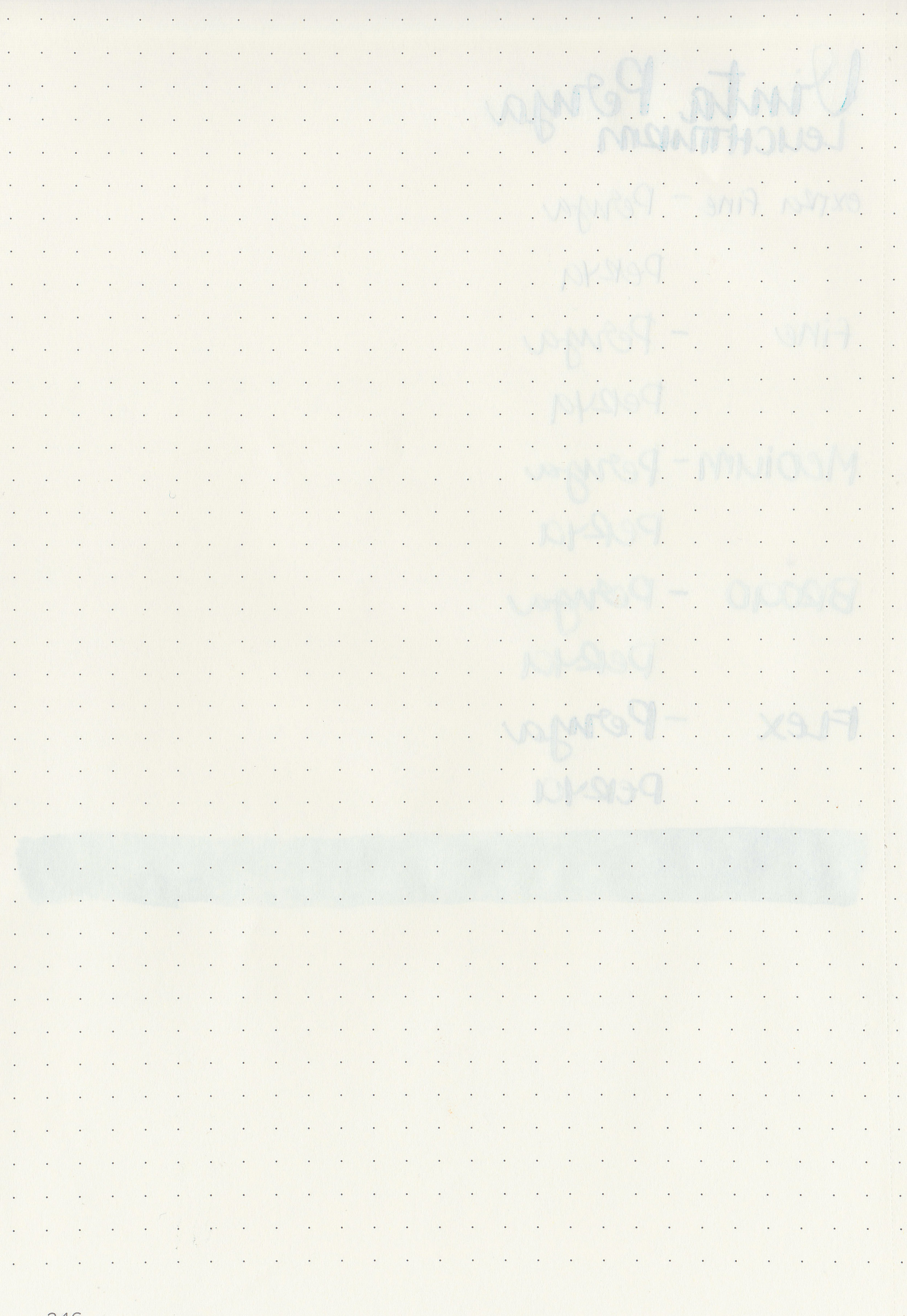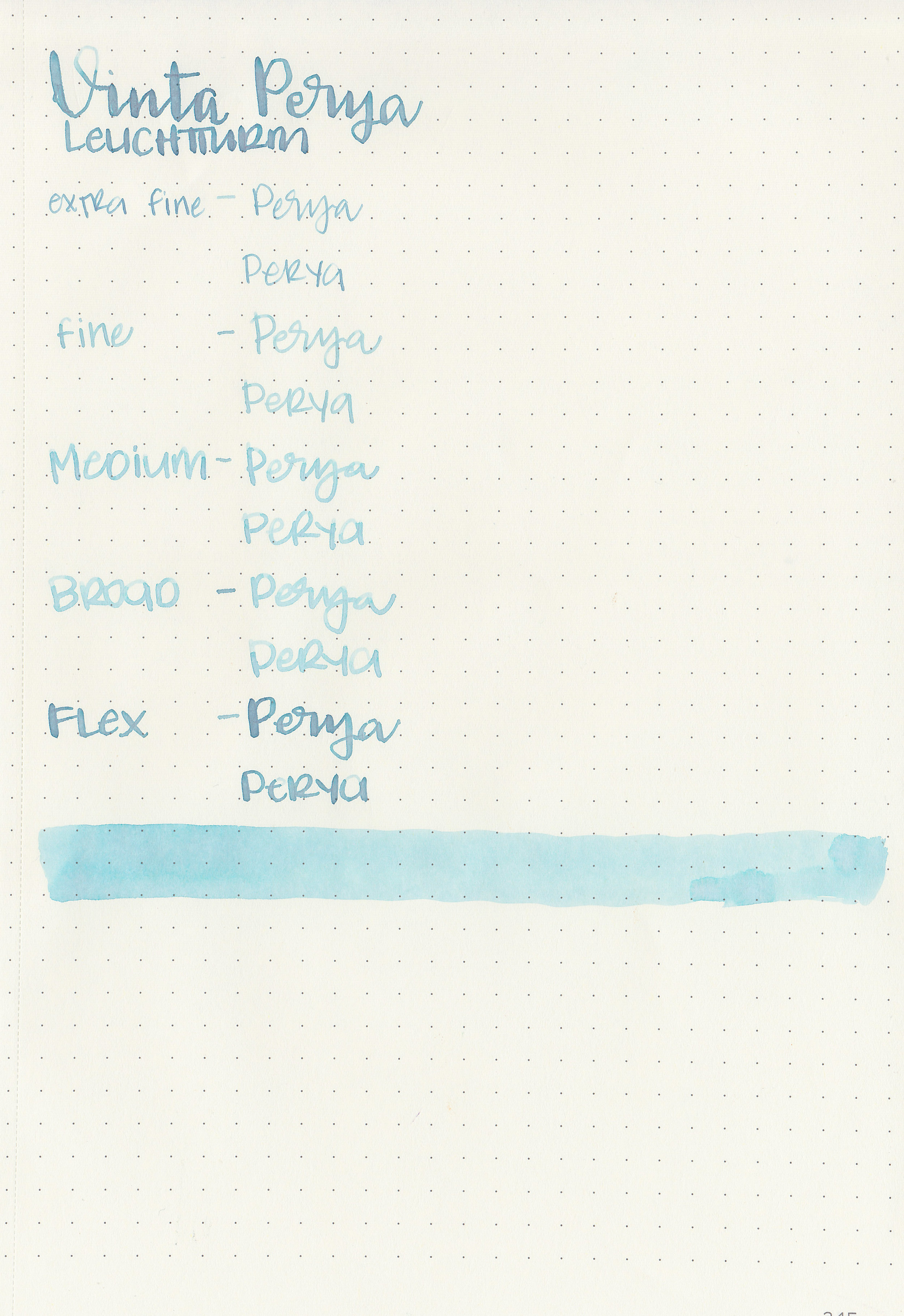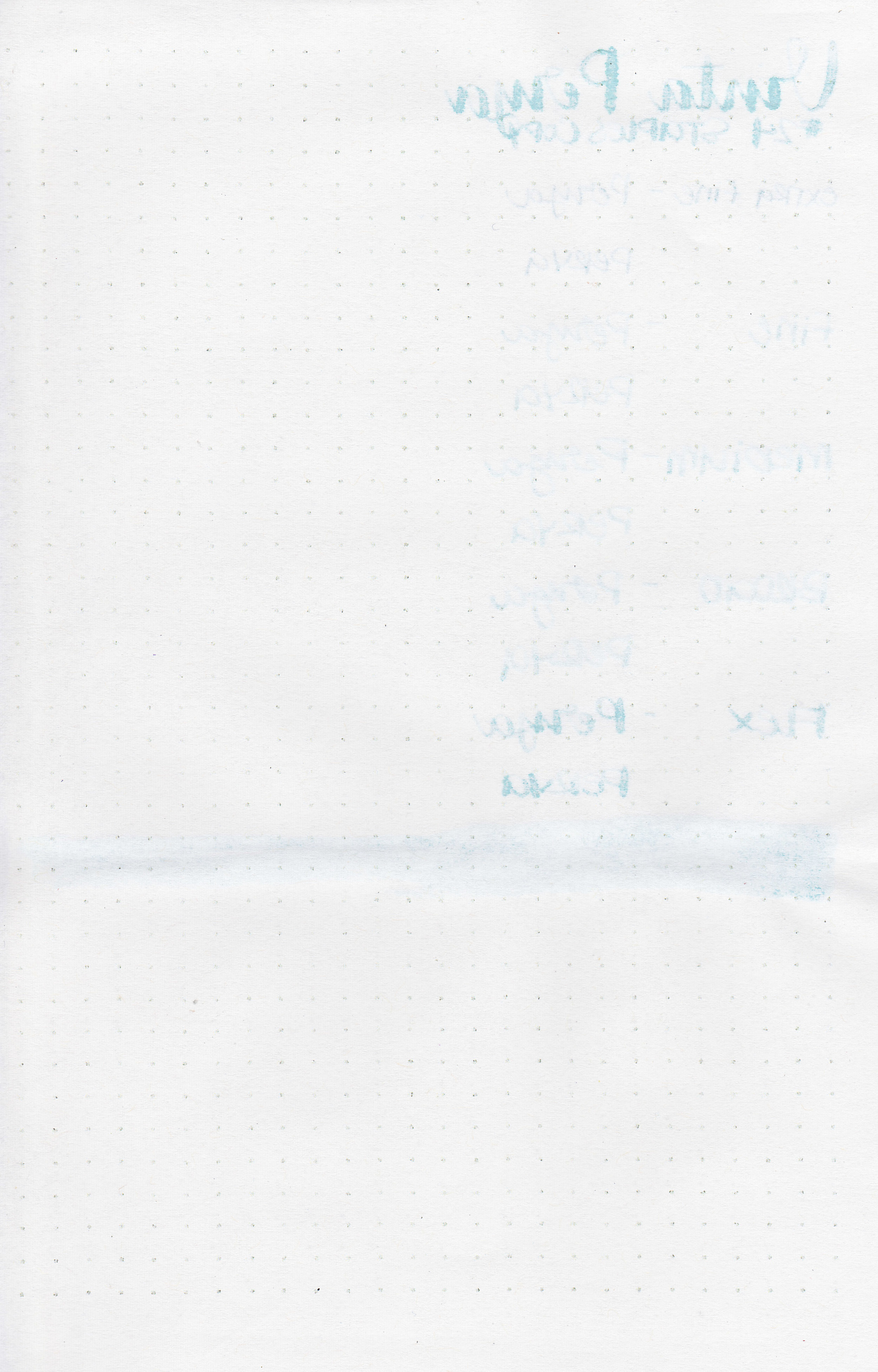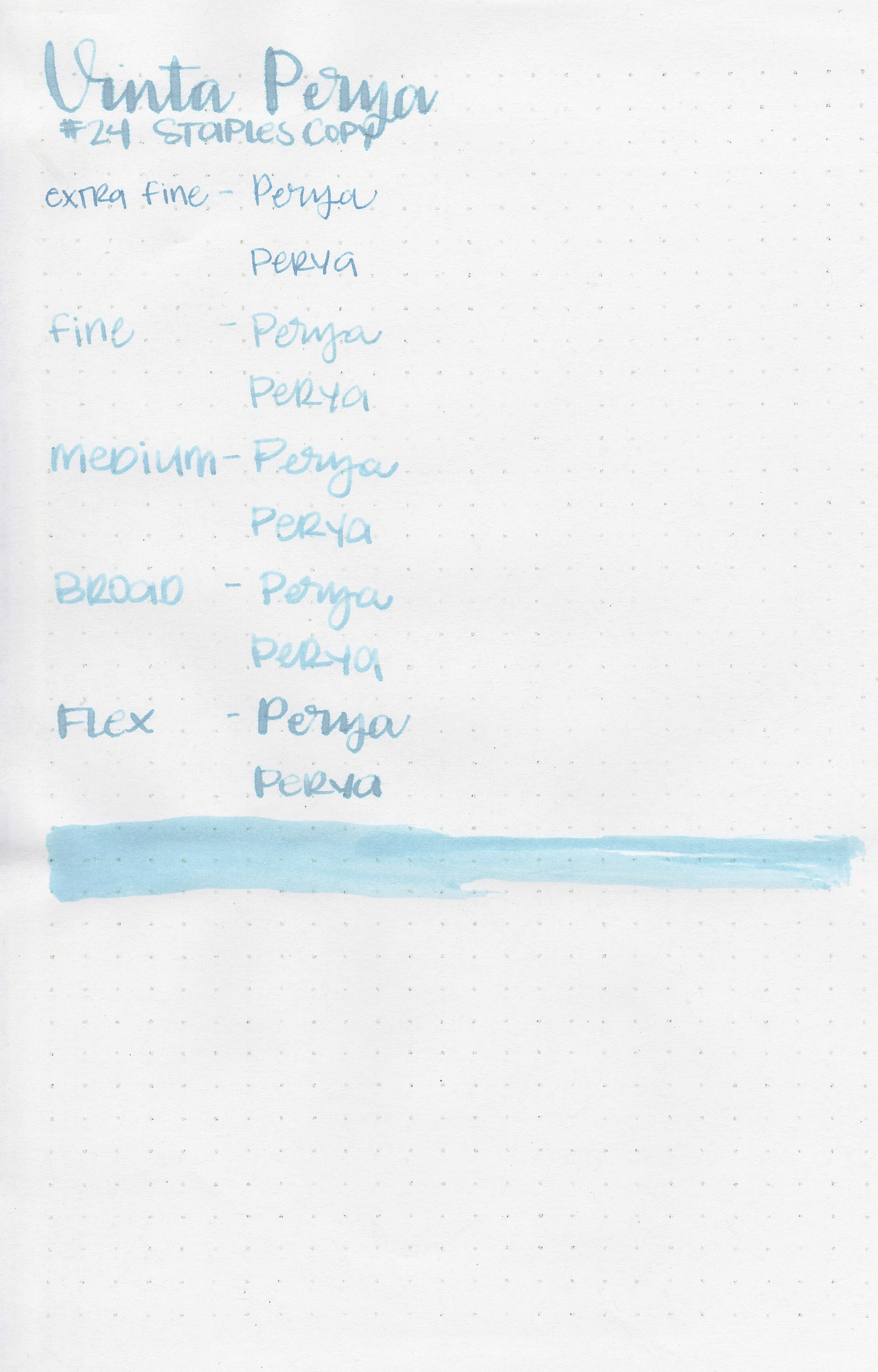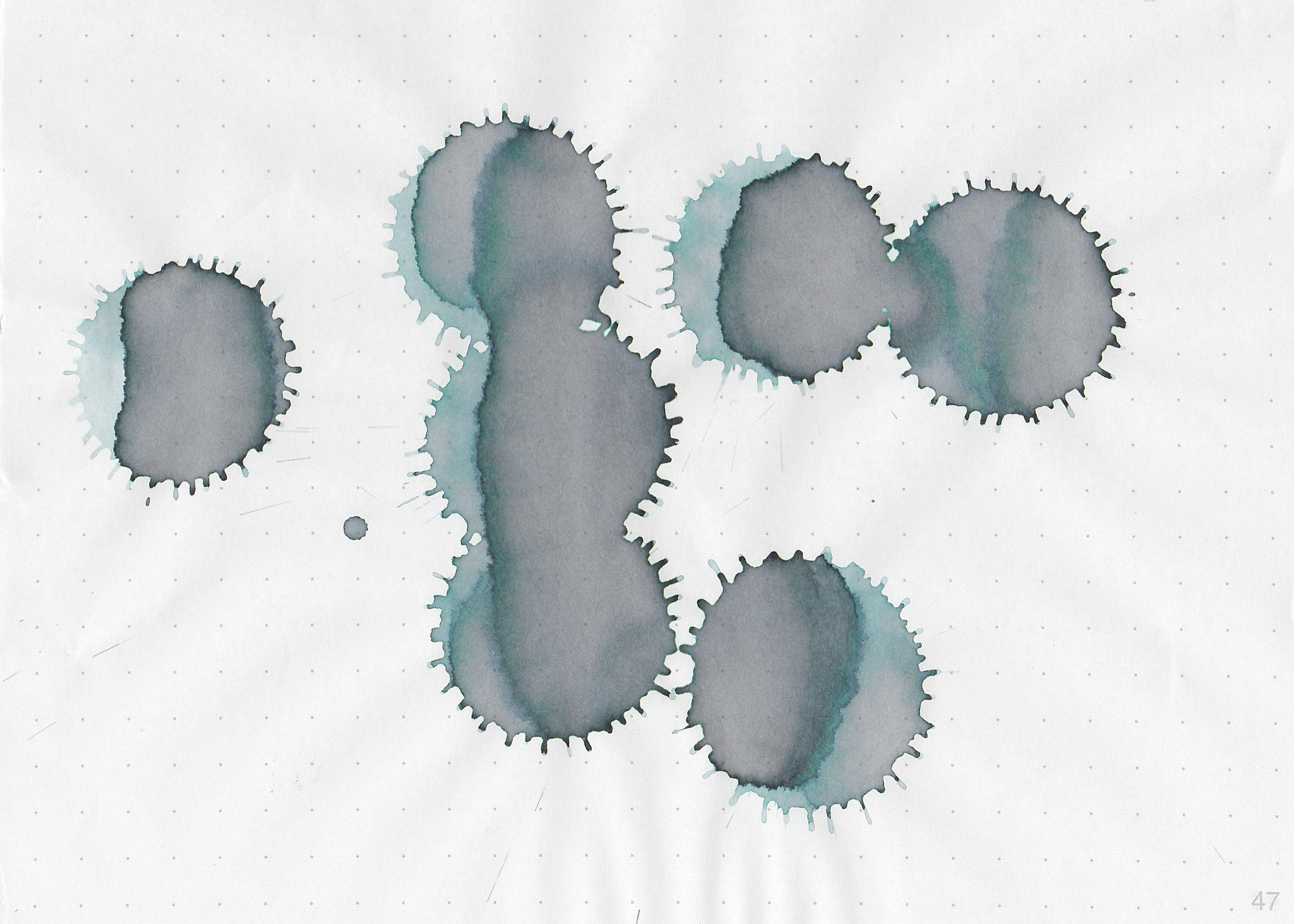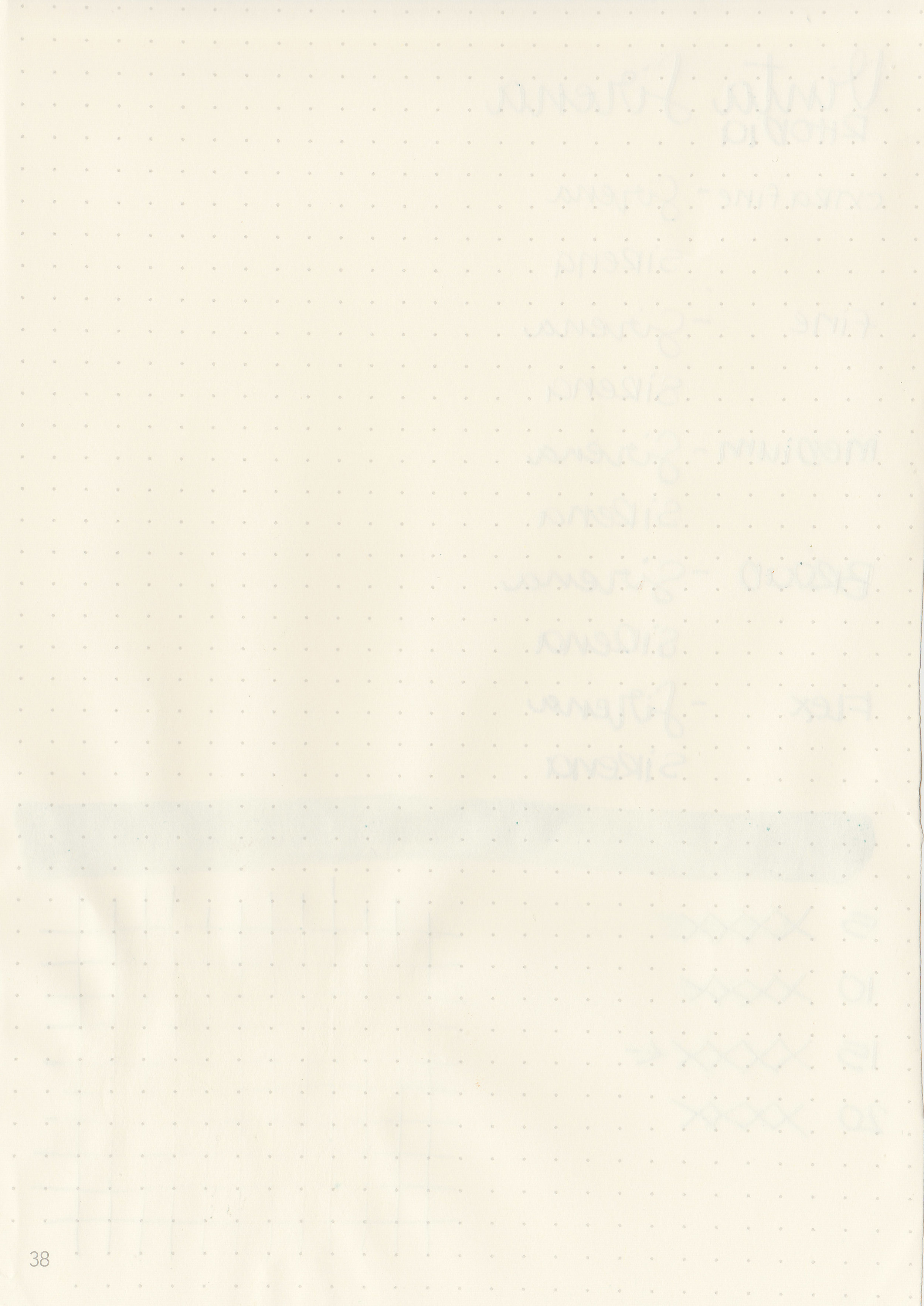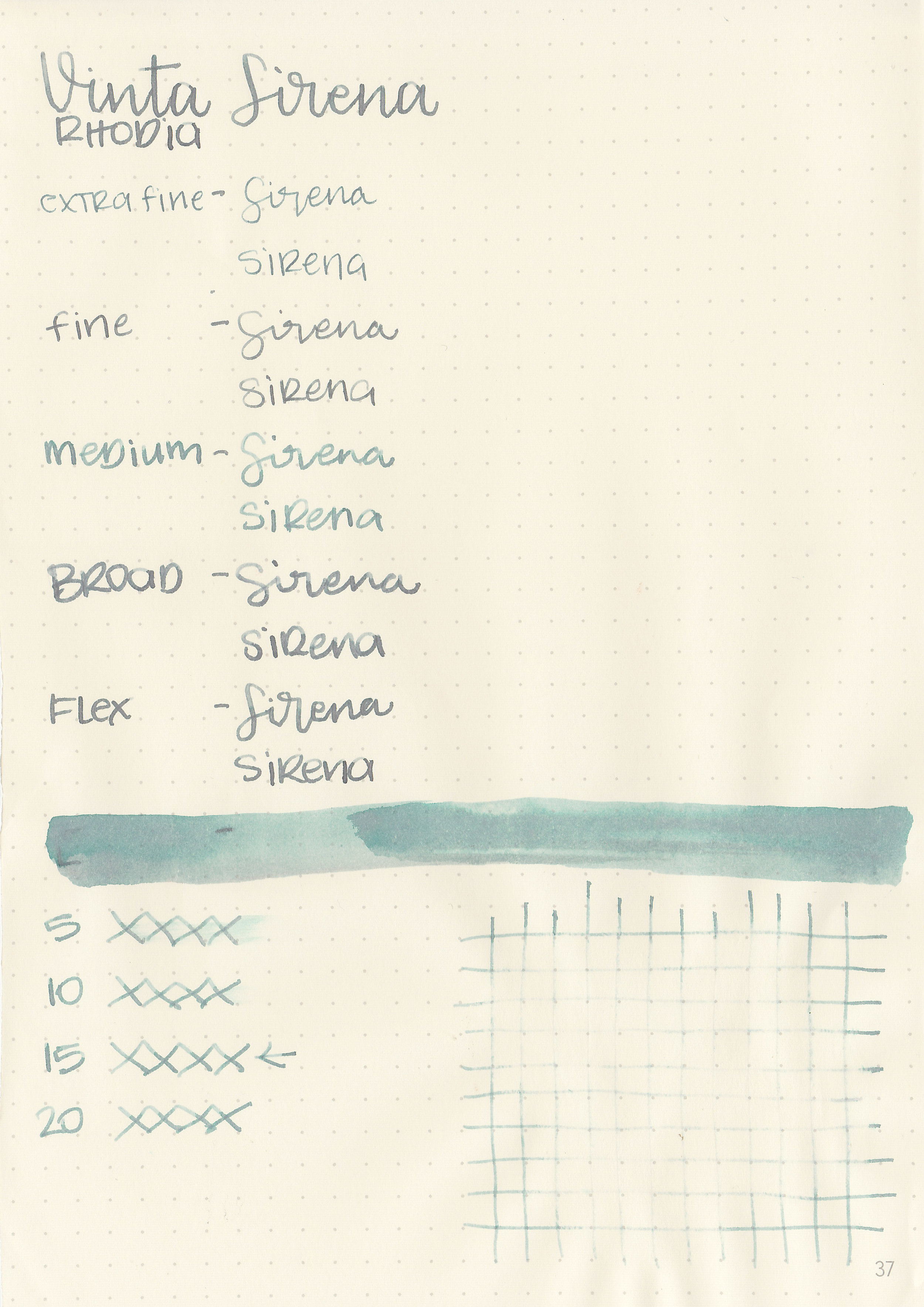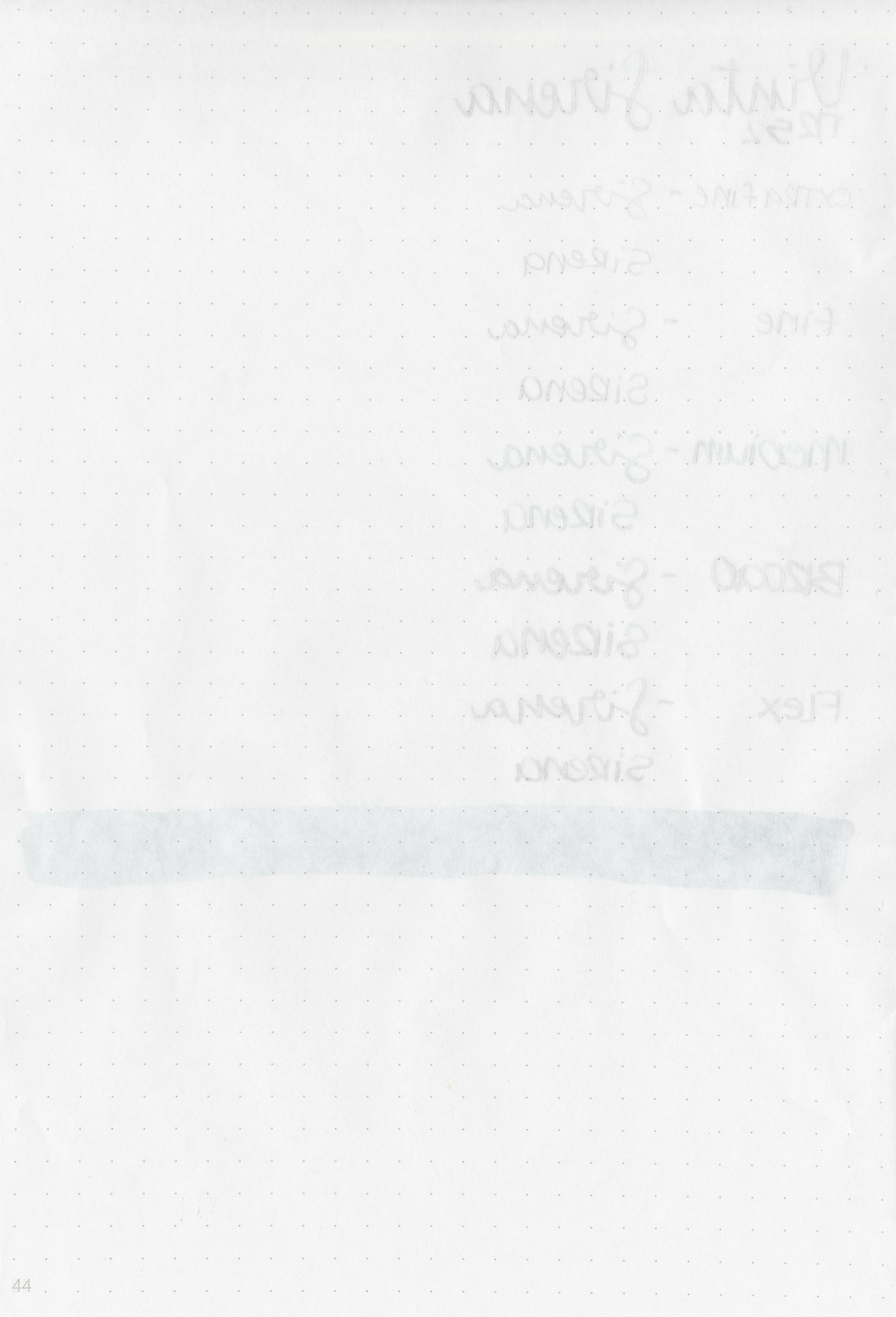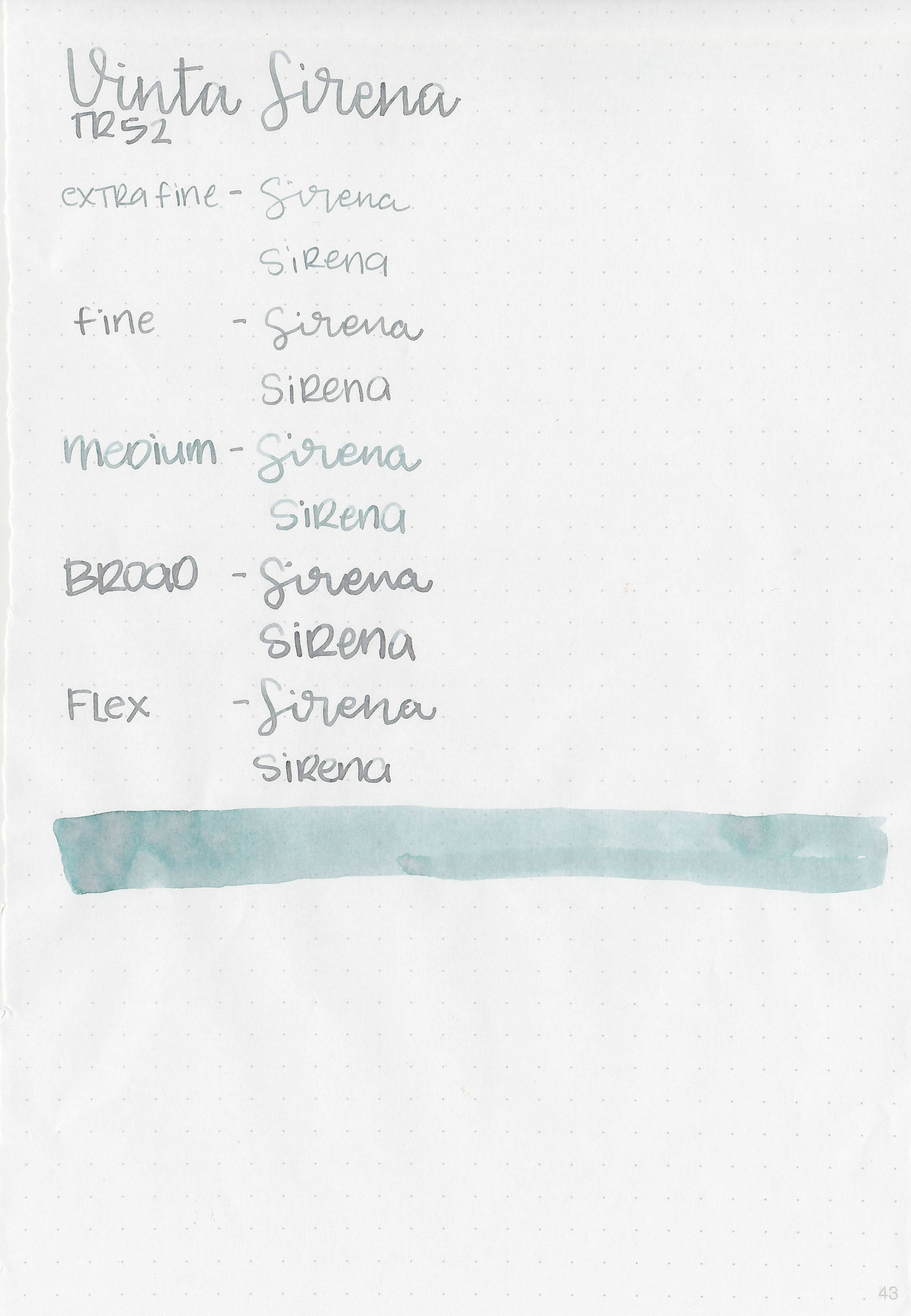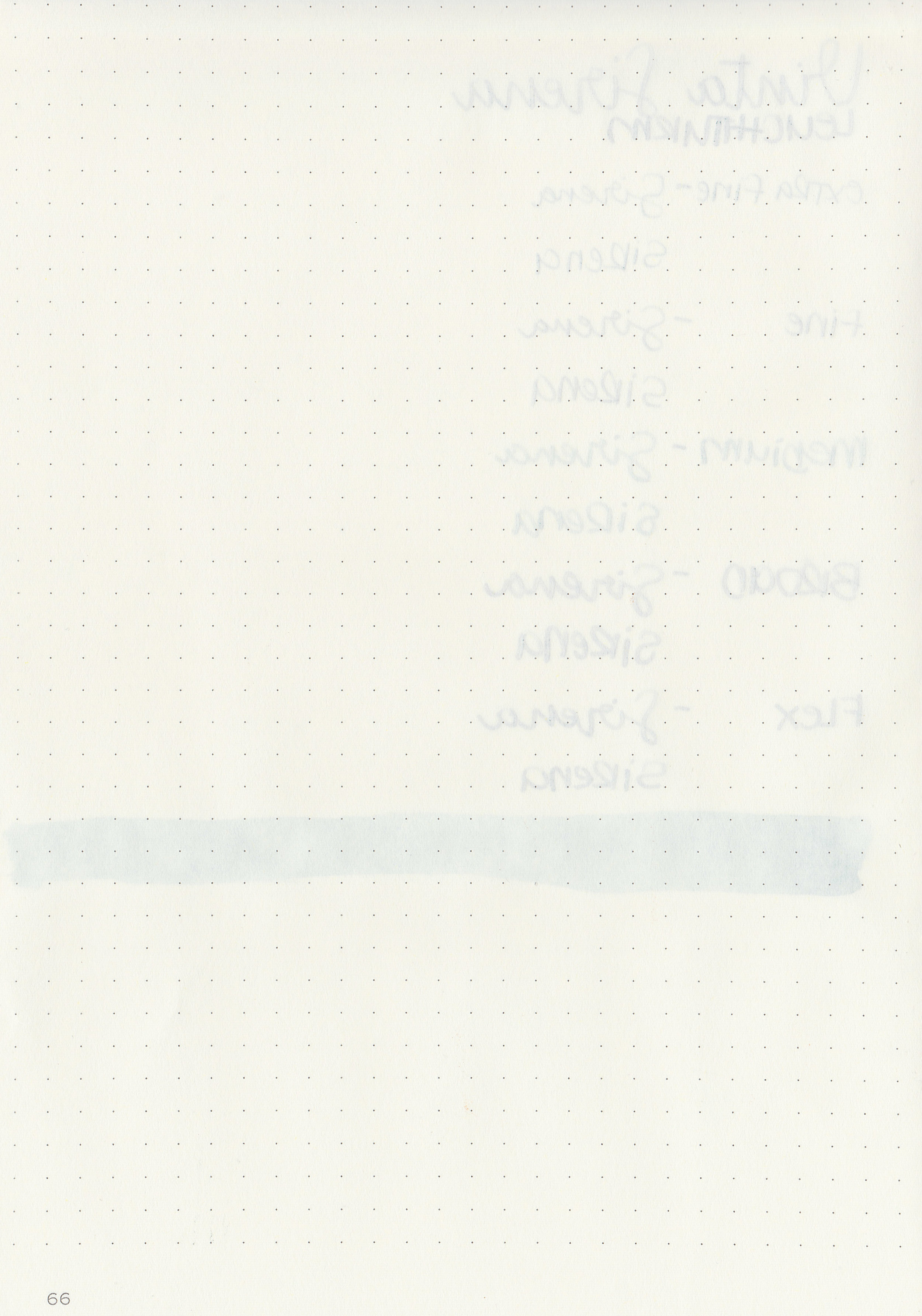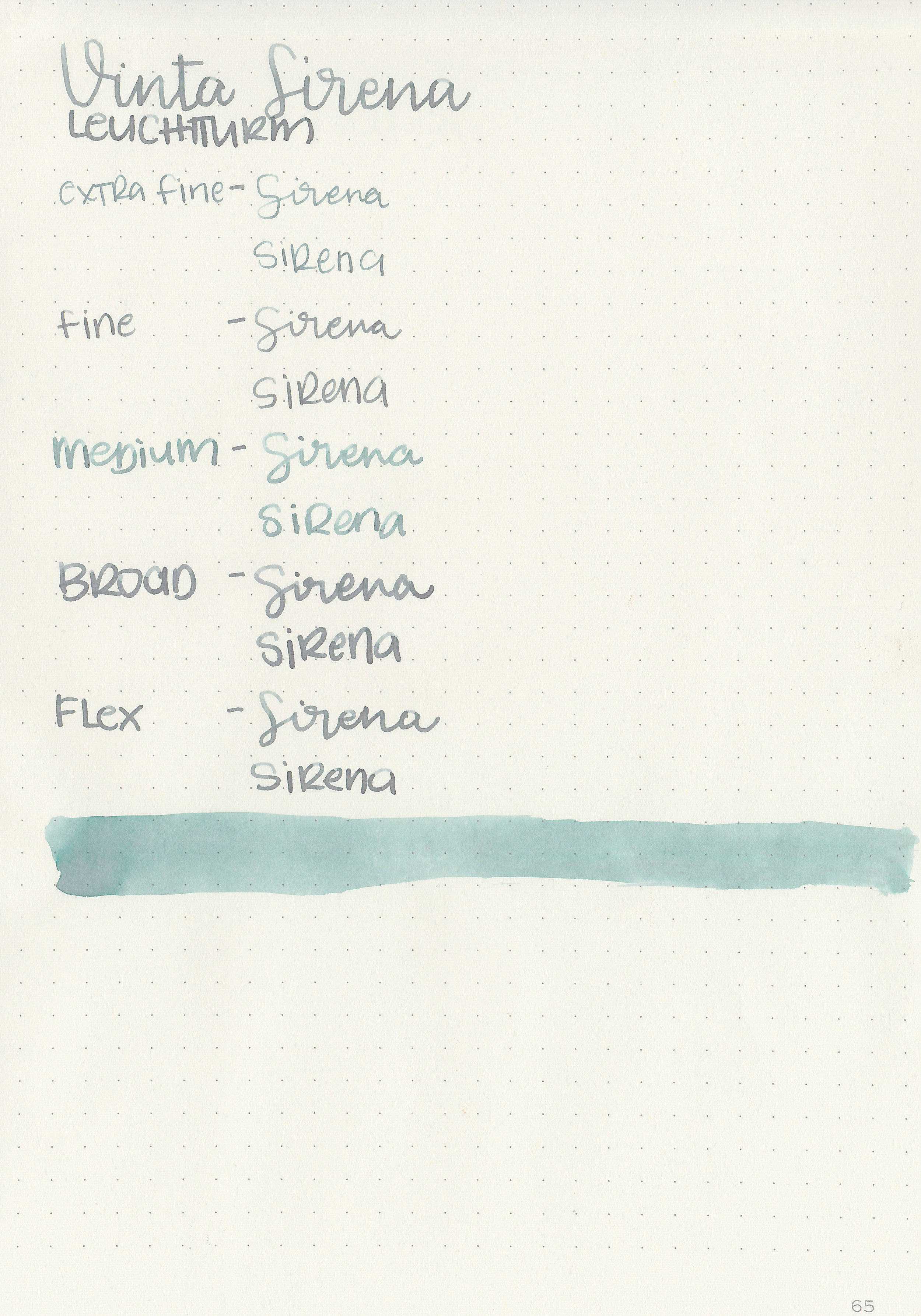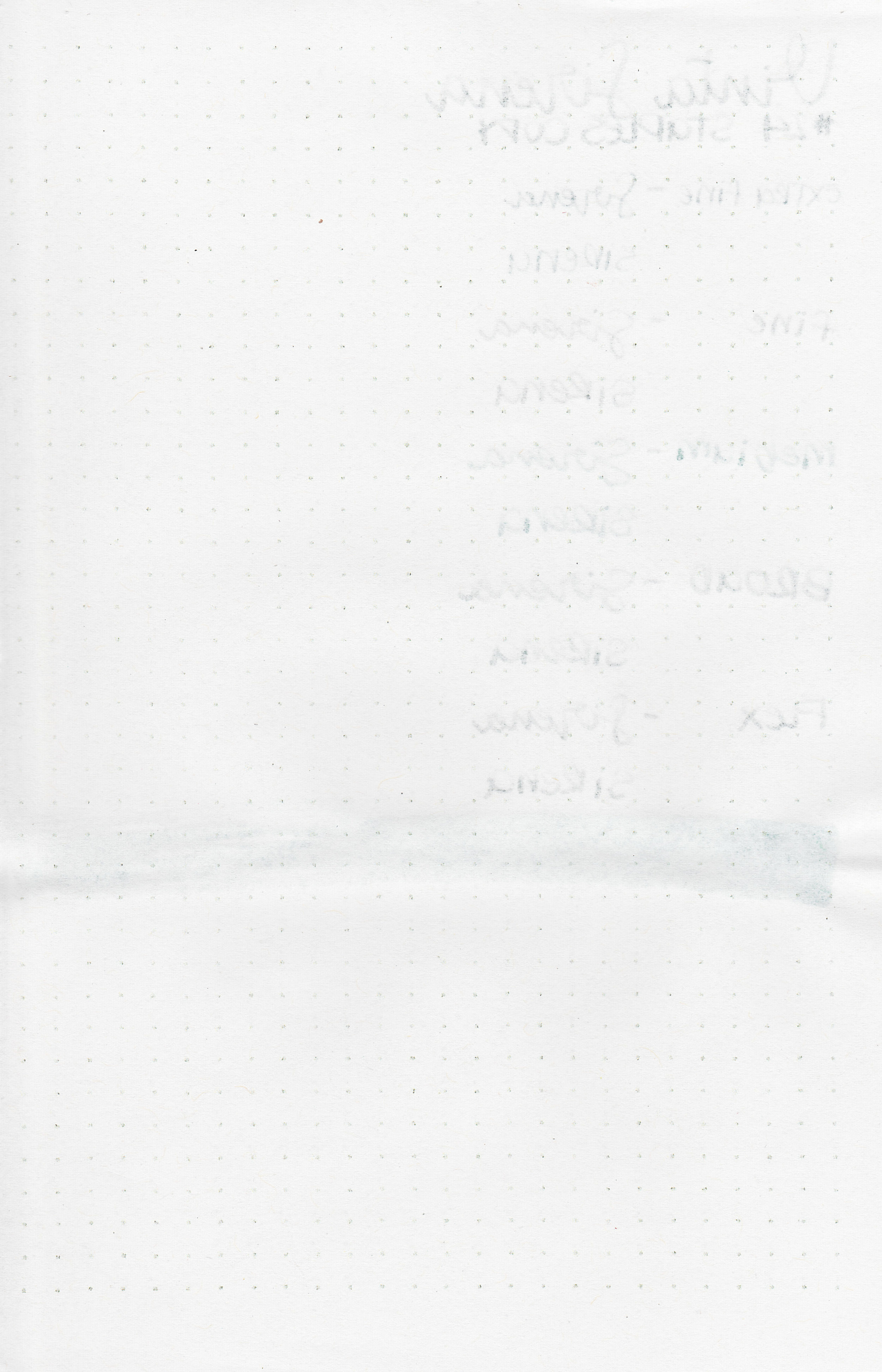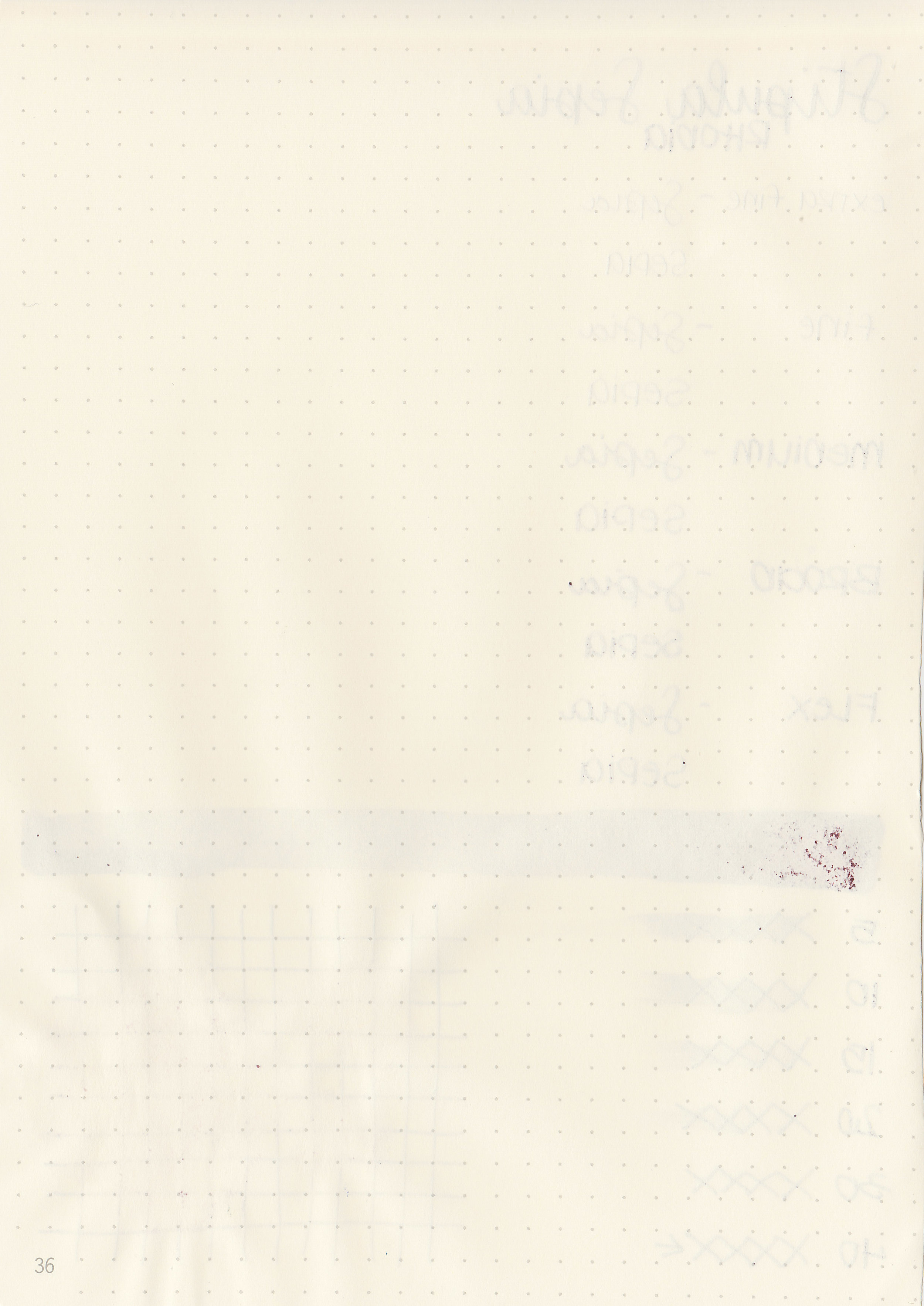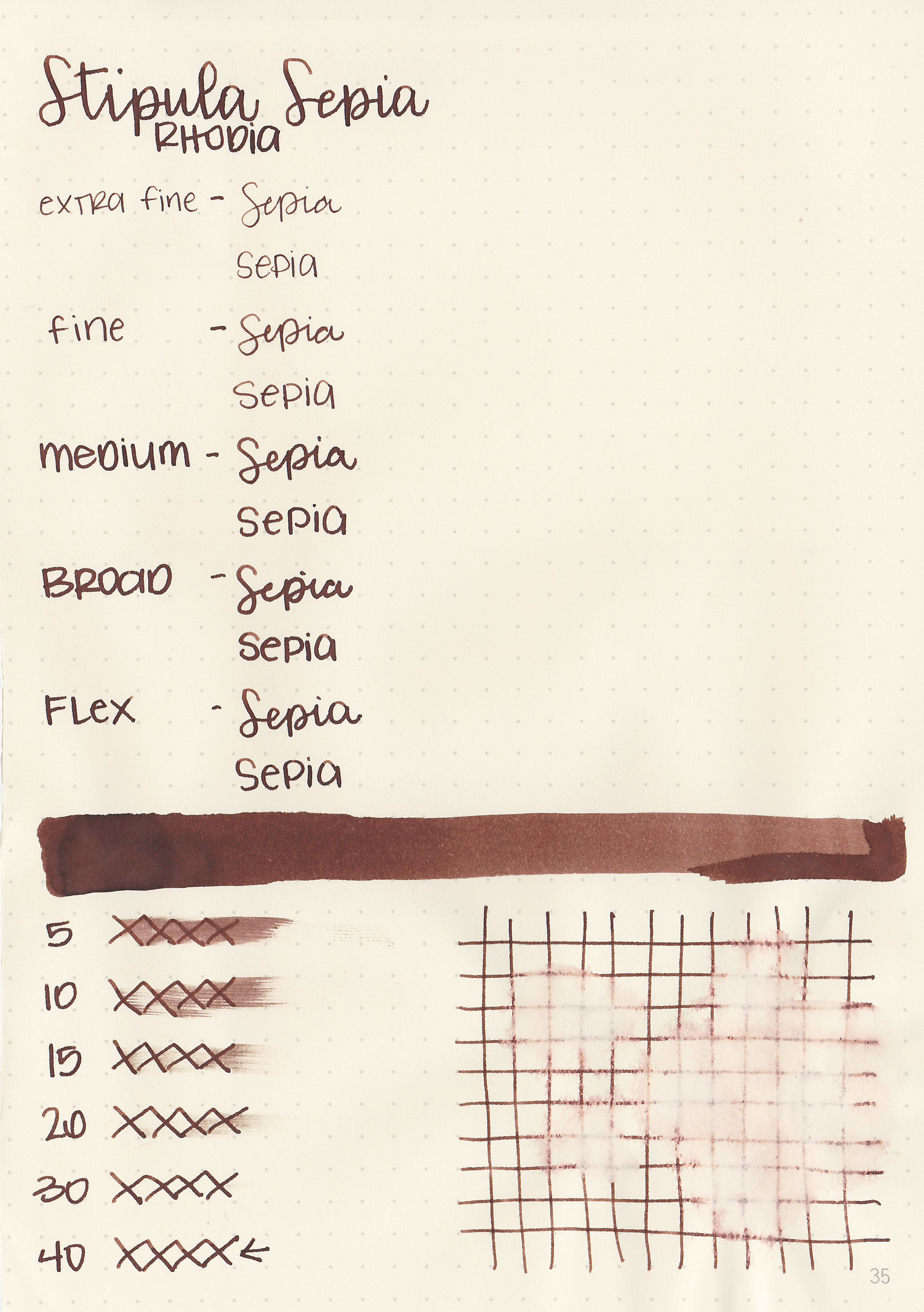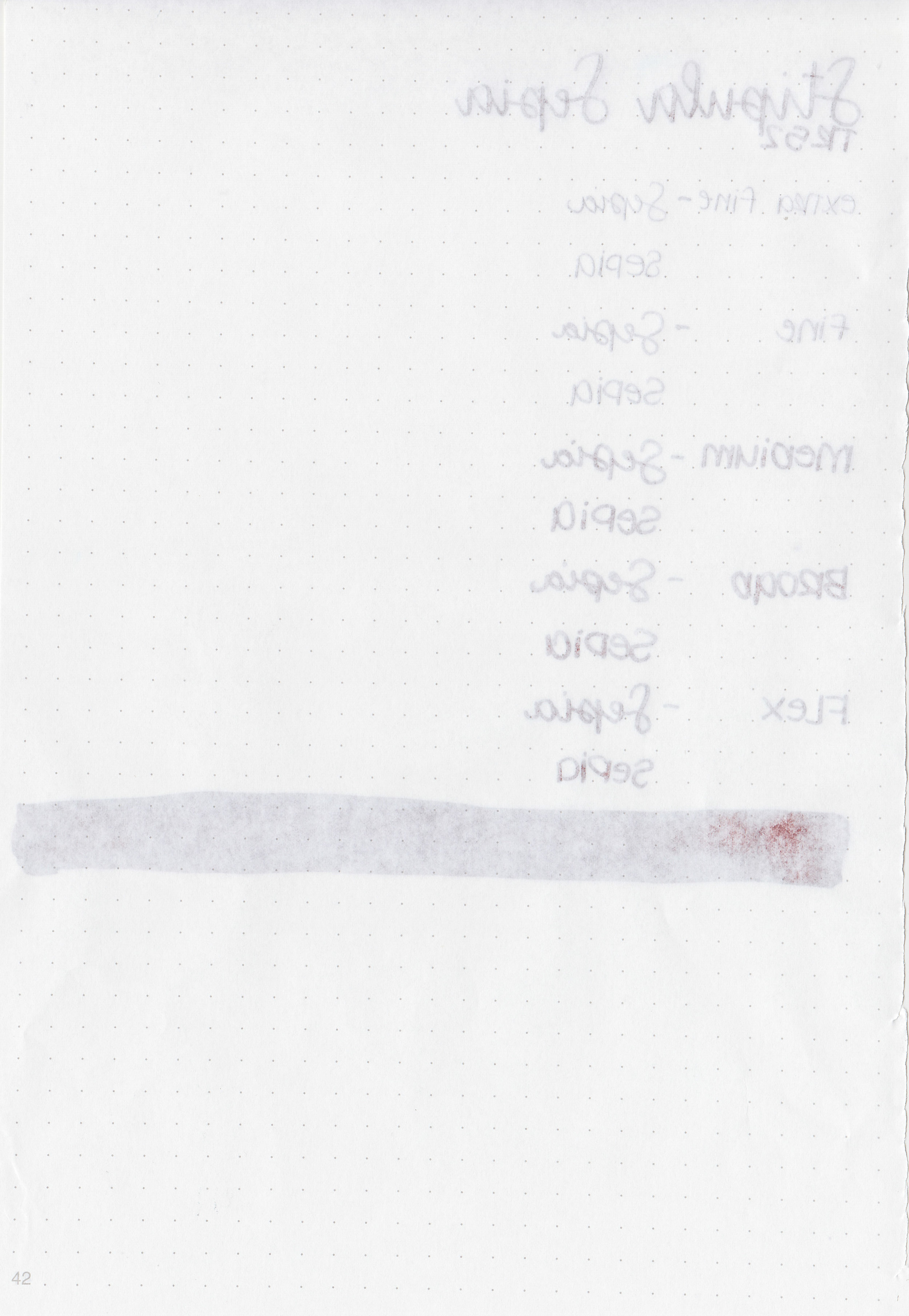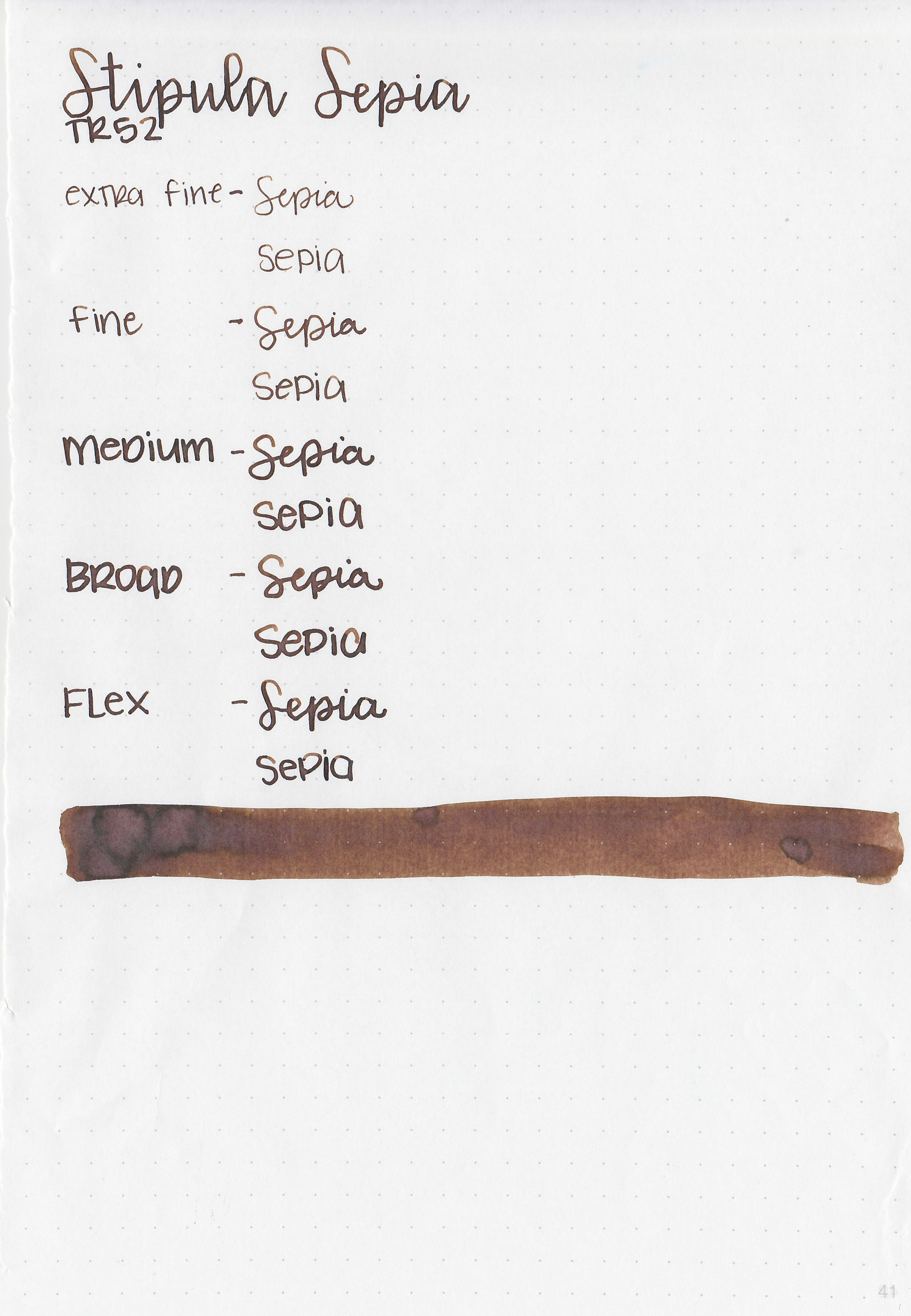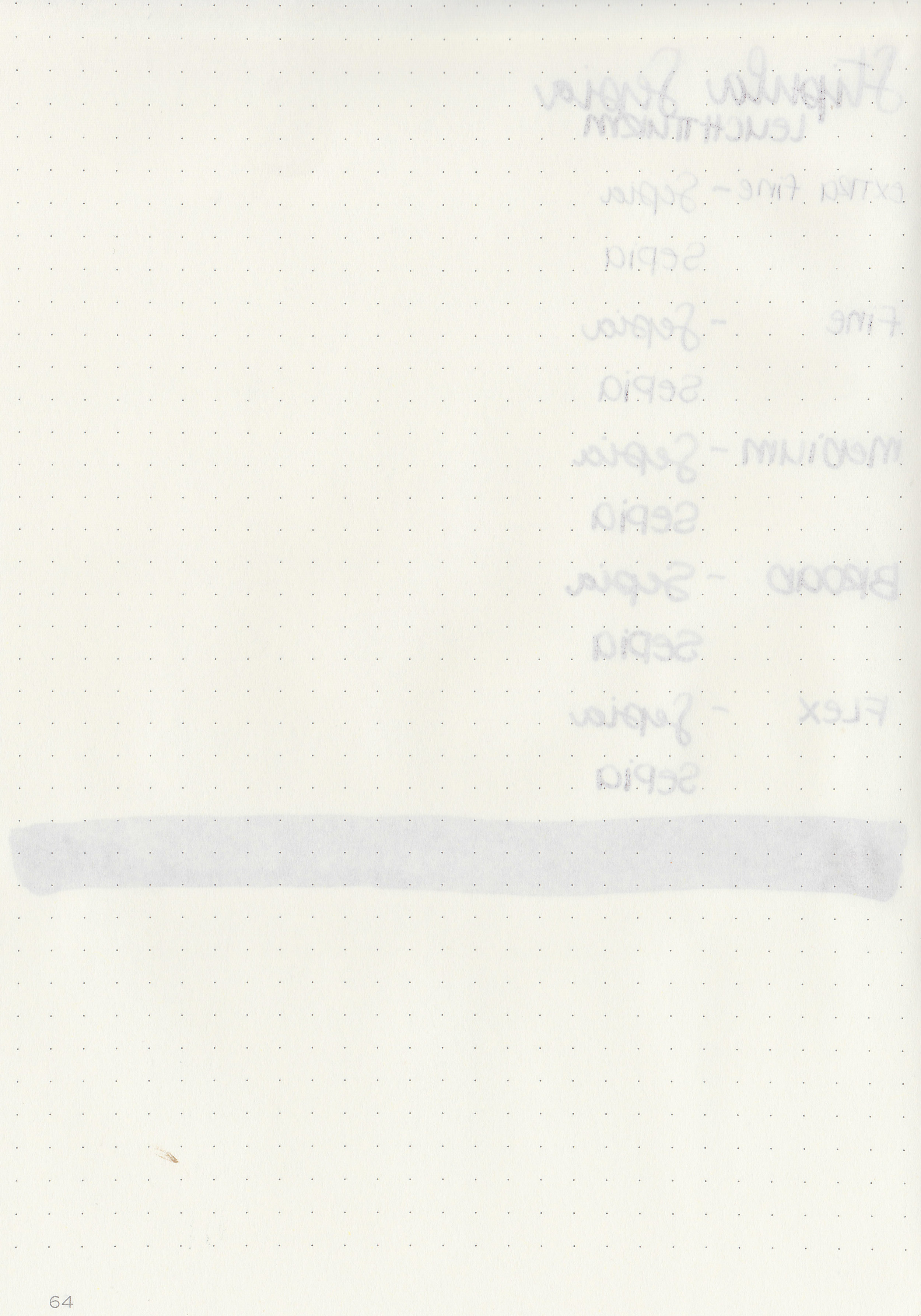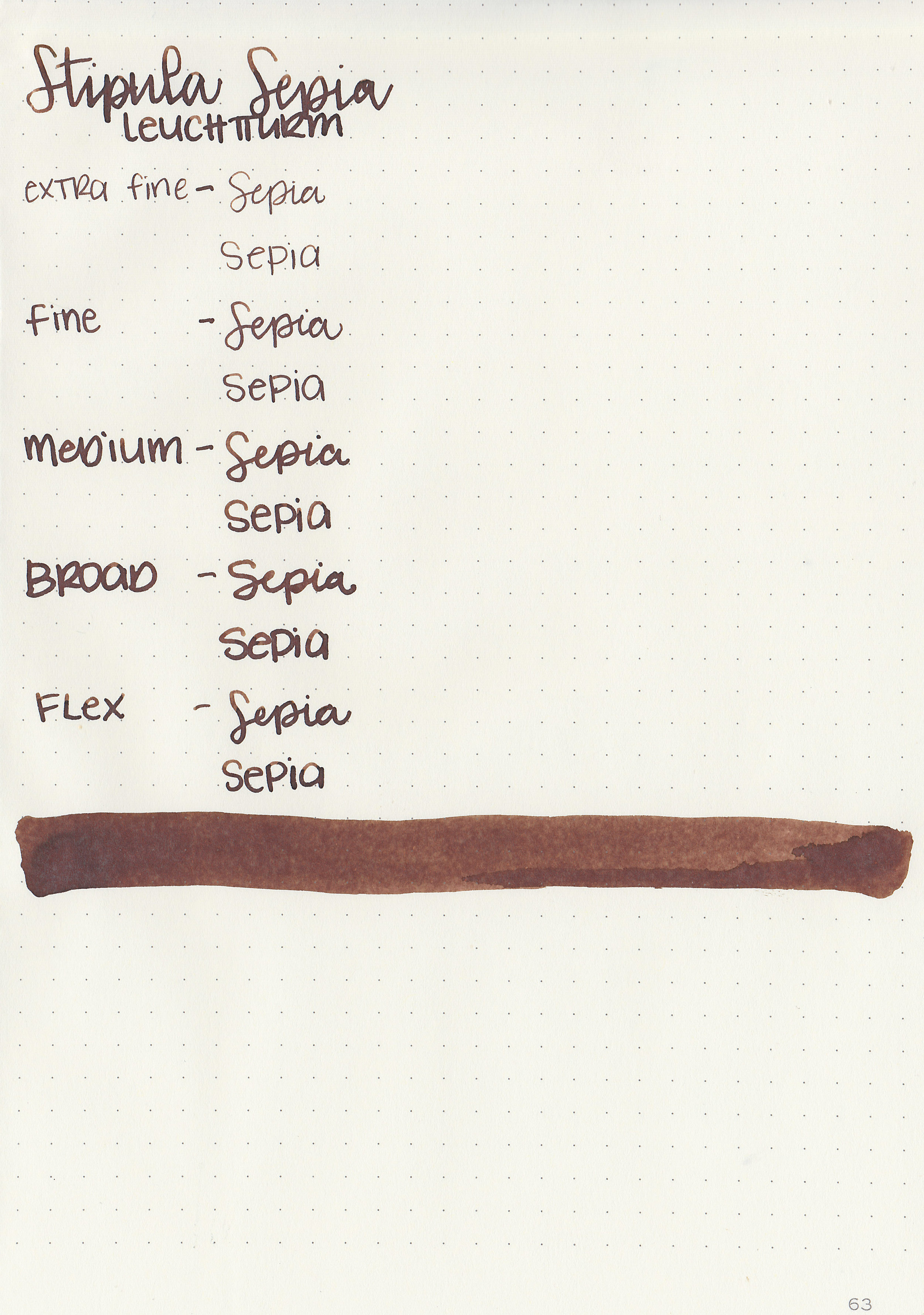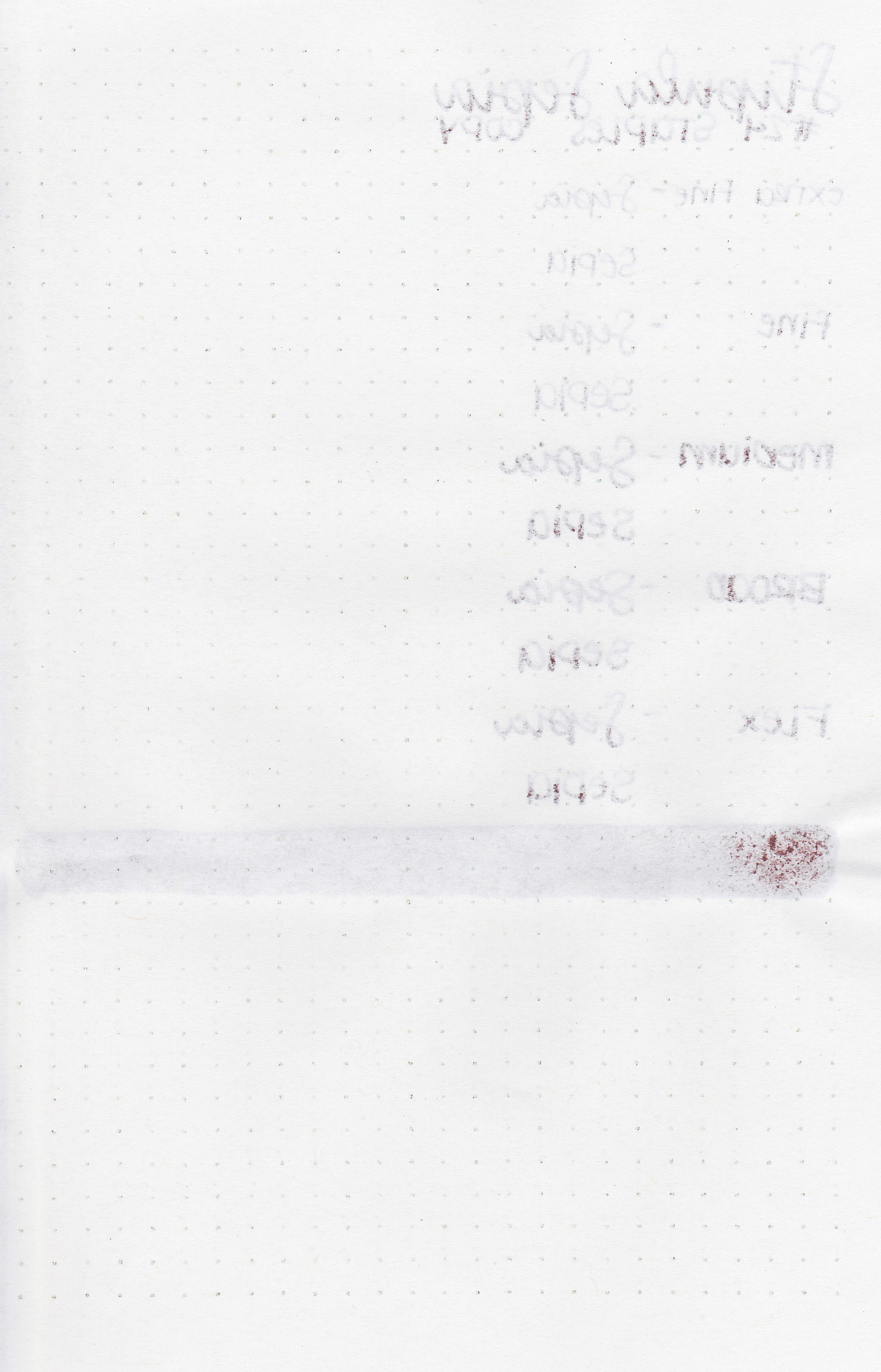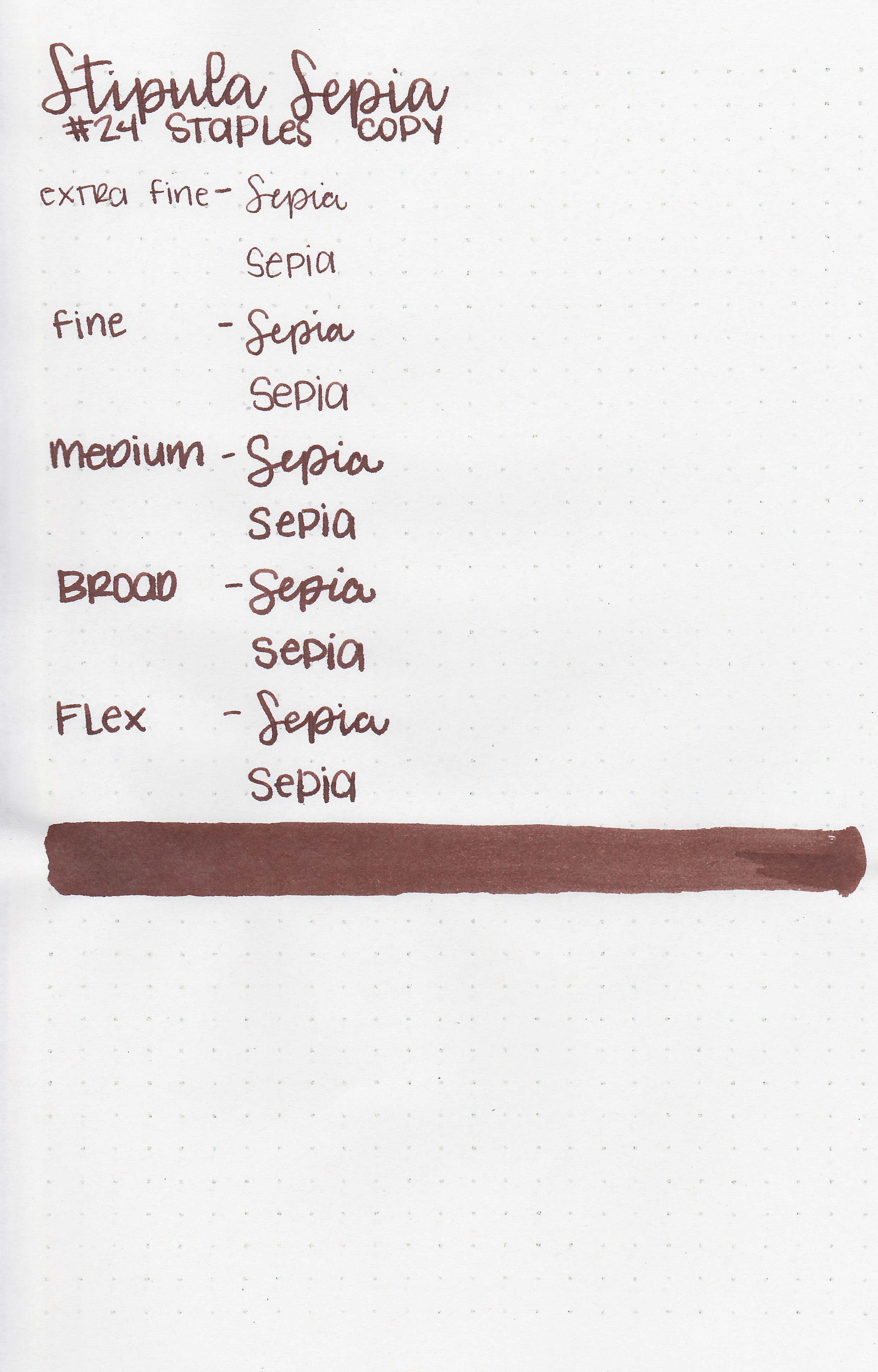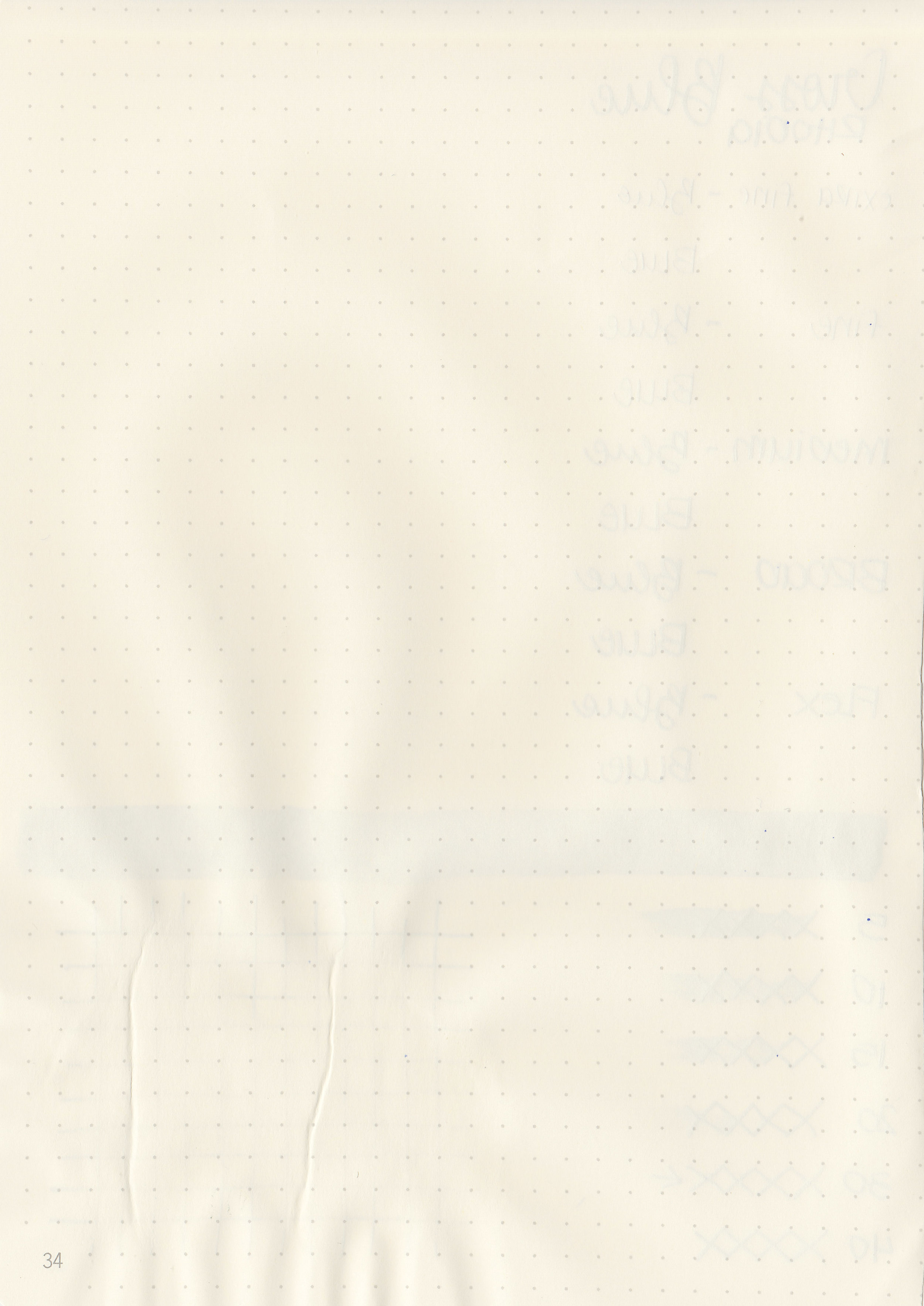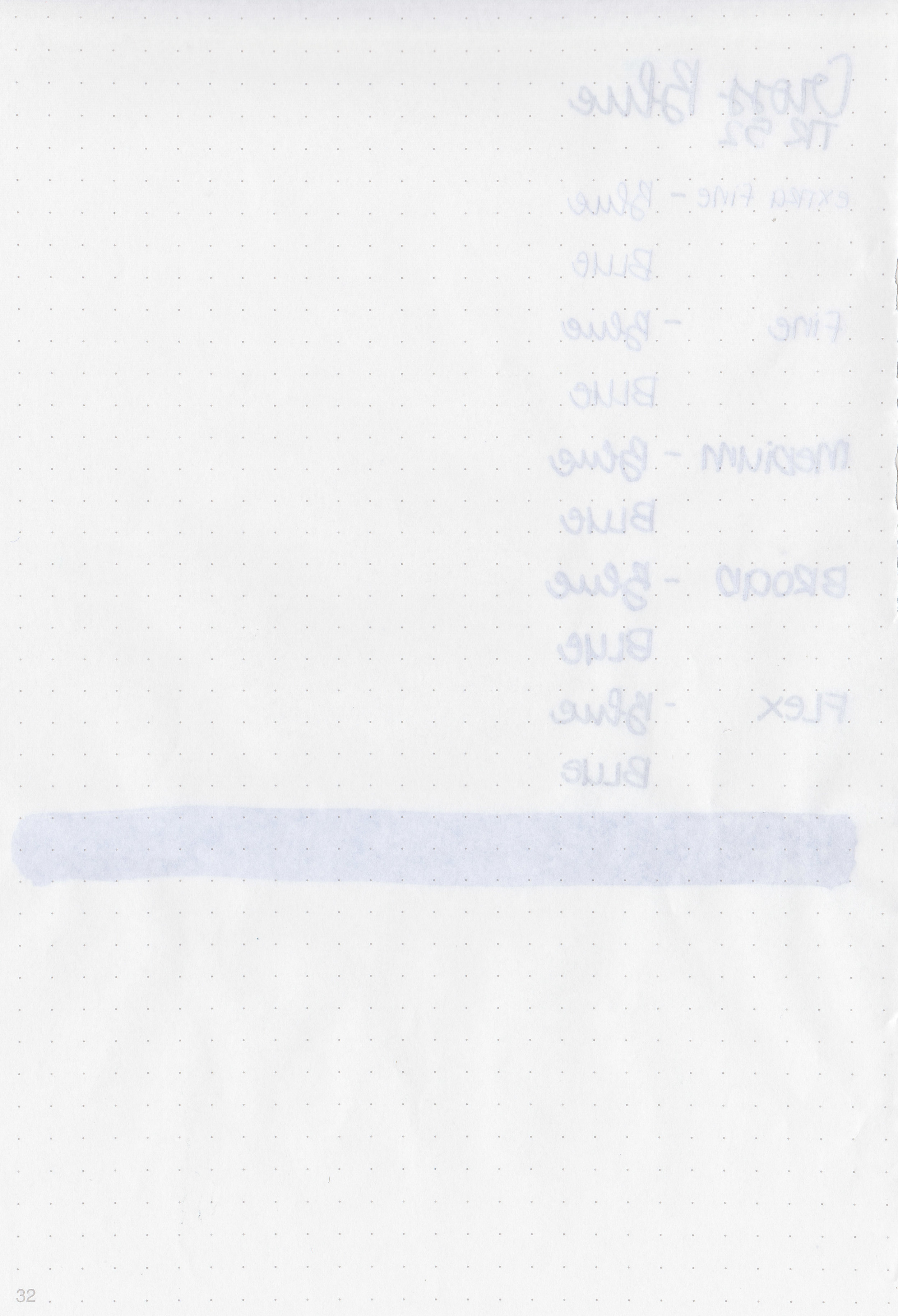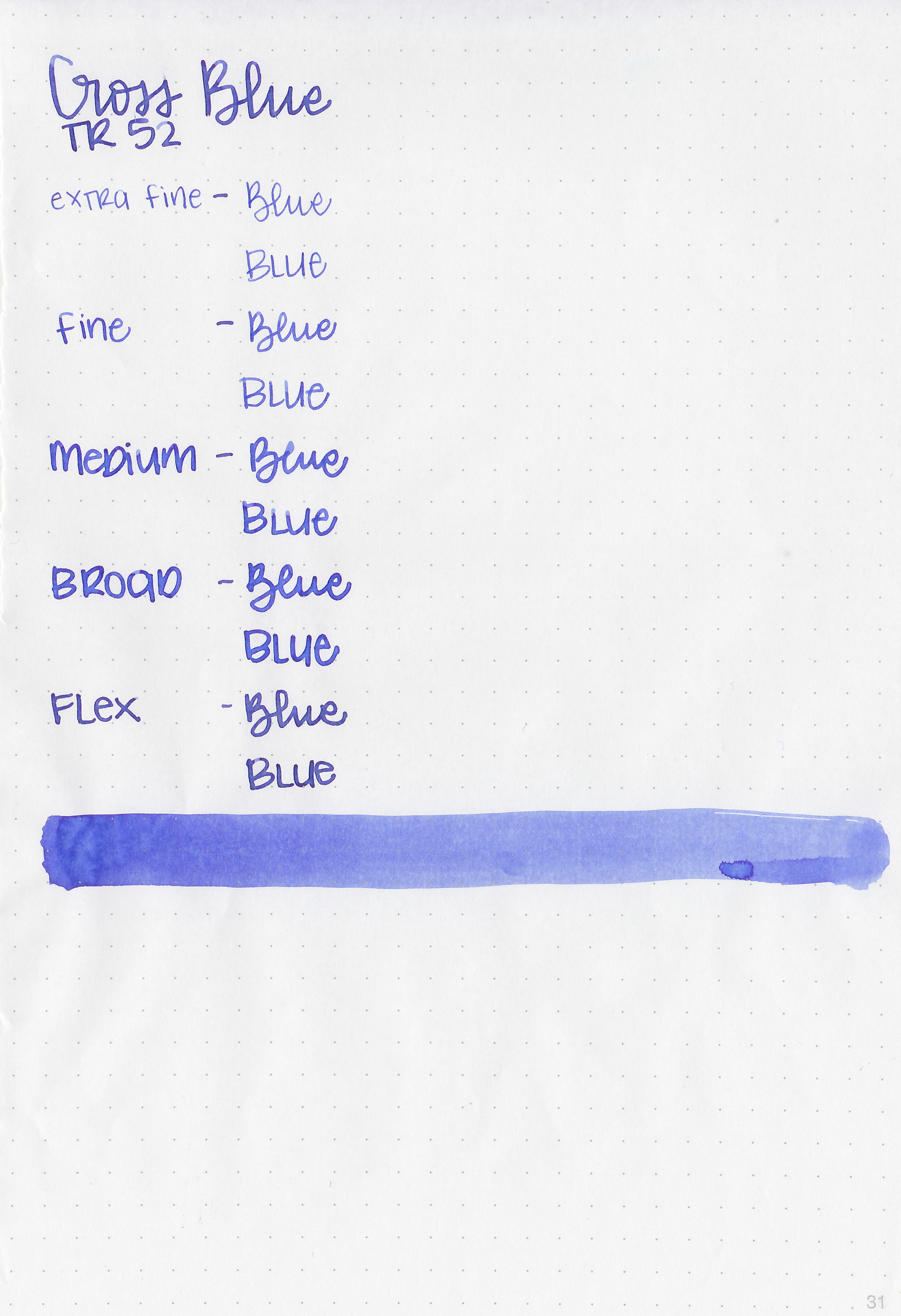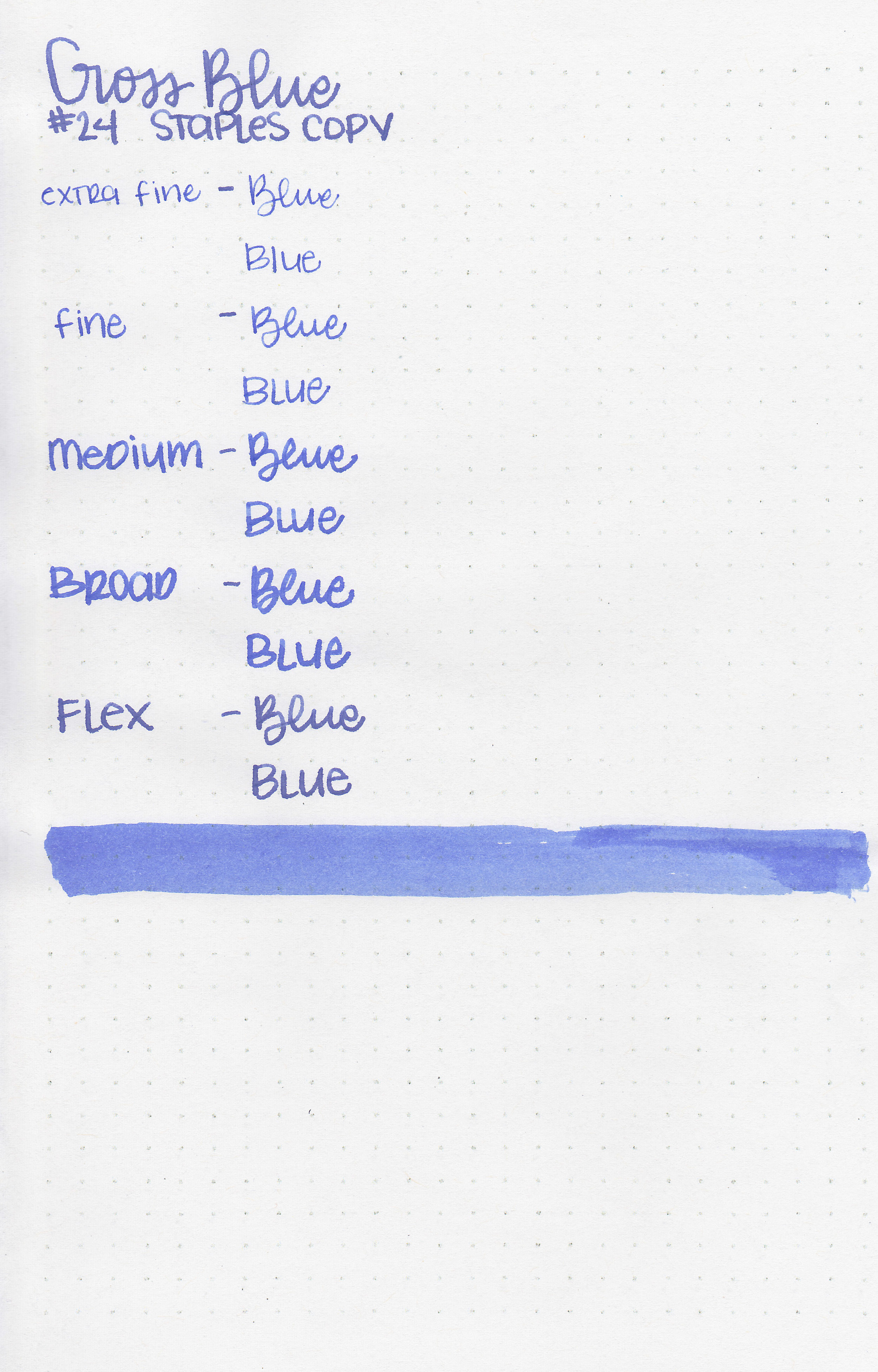Ink Review #828: Vinta Maskara
/We have almost made it through all the Vinta Pastel inks I have, and today’s is Violet Maskara 1890. I just realized I misspelled Maskara in the image above, but I’m out of ink so we’re gonna run with it. According to Vinta’s website, “The maskara festival was conceived in part due to the sugarcane crisis in Negros. 1890 was the year the Spaniards split Negros region into two: Negros Occidental and Negros Oriental. These regional divisions remain today.” Thanks to Vanness Pens for sending a sample over for review.
The color:
Maskara is a beautiful pale purple. It has an interesting blue undertone. When I first swabbed it I thought it was mislabeled because it’s blue when wet, but dries to a purple with hints of blue mixed in.
Swabs:
In large swabs on Tomoe River paper you can see bits of the blue undertone.
Writing samples:
Let's take a look at how the ink behaves on fountain pen friendly papers: Rhodia, Tomoe River, and Leuchtturm.
Dry time: 15 seconds
Water resistance: Low
Feathering: Low-there was some feathering in the flex nib on Rhodia and Leuchtturm
Show through: Medium
Bleeding: Low-there was some bleeding in the flex nib.
Other properties: medium shading, no sheen, and no shimmer.
On Staples 24 lb copy paper the ink feathered in all nib sizes and had a little bit of bleeding.
Comparison Swabs:
Maskara is similar to Pen Saijiki Fujifusa, but it’s just a tiny bit warmer. It’s warmer and lighter than Sailor Jentle Fuji-musume. Click here to see the Vinta inks together, and click here to see the purple inks together.
Longer Writing:
I used a Platinum 3776 Nice Lavande with a broad nib on Tomoe River paper. The ink had a slightly dry flow.
Overall, it’s a beautiful pale purple. This ink is light in most nibs, so I would stick to broad nibs or larger. Even in the Platinum broad nib I used above it’s still pretty light. If you don’t like pastel inks then I would pass on this one. I enjoy pastel inks so I like it, but I don’t need a full bottle of it.
Disclaimer: A sample of this ink was provided by Vanness Pens for the purpose of this review. All photos and opinions are my own. This page does not contain affiliate links, and this post is not sponsored in any way.





